NBA draft sleepers: Five underrated players ready to make an impact

Your teams. Your favorite writers. Wherever you want them. Personalize SI with our new App. Install on iOS (iOS or Android).
Ben Simmons “secretly” worked out for the Philadelphia 76ers on Tuesday morning before his Instagram photo permeated the entire internet. Jeff Teague and George Hill changed teams shortly after the NBA’s annual draft media day. About an hour later, the Chicago Bulls dealt their prodigal son Derrick Rose to the New York Knicks, completely overshadowing any draft selection outside the lottery Thursday night. But don’t be fooled: The 2016 draft class is loaded with versatile, established collegiate players who can fill an NBA role seamlessly. Here are five players who should be able to make an impact at the next level, likely to be selected far below their actual value.
Caris LeVert
After two straight injury-riddled seasons, Caris LeVert’s medical red flag might as well be a scarlet letter. For a team to be comfortable selecting him in the first round, its medical staff will have to feel more than confident LeVert will be able to overcome a left foot that’s sustained two surgeries and a “lower left leg” injury that caused him miss 19 of Michigan’s last 20 games. Before he was bit by the injury bug, LeVert flashed lottery-level talent. At 6' 7", 190 pounds with a 6' 10" wingspan, LeVert has the ability to guard three positions while possessing the shooting stroke and playmaking ability to fit both backcourt spots in an NBA offense. Whichever team drafts him will add an extremely malleable 21-year-old to both ends of the floor. If he can stay on the court, LeVert will be considered the steal of this draft.
• NBA draft needs for all 30 teams | NBA draft notebook: 10 thoughts to know
A.J. Hammons
The big man out of a Purdue is a load in the paint at 7' 0", 260 pounds. Hammons possesses the perimeter-oriented skillset necessary to adapt to the current NBA playing style. He can run rim-to-rim in transition, rebound at his position and step outside to hit a jump shot. He would most likely be a first-round lock if it wasn’t for his age. Hammons will be a 24-year-old rookie, causing concern across the league that he’s essentially a finished product. And despite the small-ball era, the Oklahoma City Thunder and Tristan Thompson just proved how versatile, athletic big men will always have a role in this league. Hammons fits the bill. He should be able to make an instant impact off the bench.
Gary Payton II
Gary Payton II can defend opposing point guards as well as any diminutive player in this draft. At 6' 3" with a 6' 8" wingspan, he can ballhawk like a demon and also switch onto bigger guards. In a league that’s never been more dominated by lead ball handlers, adding an athletic freak who can defend the opponent’s All-Star point guard is an extremely valuable asset off the bench. “The Mitten” led Oregon State in minutes, points, rebounds, assists and steals a year ago. He’s a gamer. He gambles a little too much defensively and doesn’t appear to have much room left to grow at 23. But a team that snags him in the second round will be very happy with Payton II as a reserve, as long as expectations aren’t too high and he’s allowed to compete in a reasonable role.
Photos of SI’s finals NBA draft Big Board
2016 NBA Draft Big Board
#1: Brandon Ingram, Duke — 6'9", 195 | Forward | Freshman
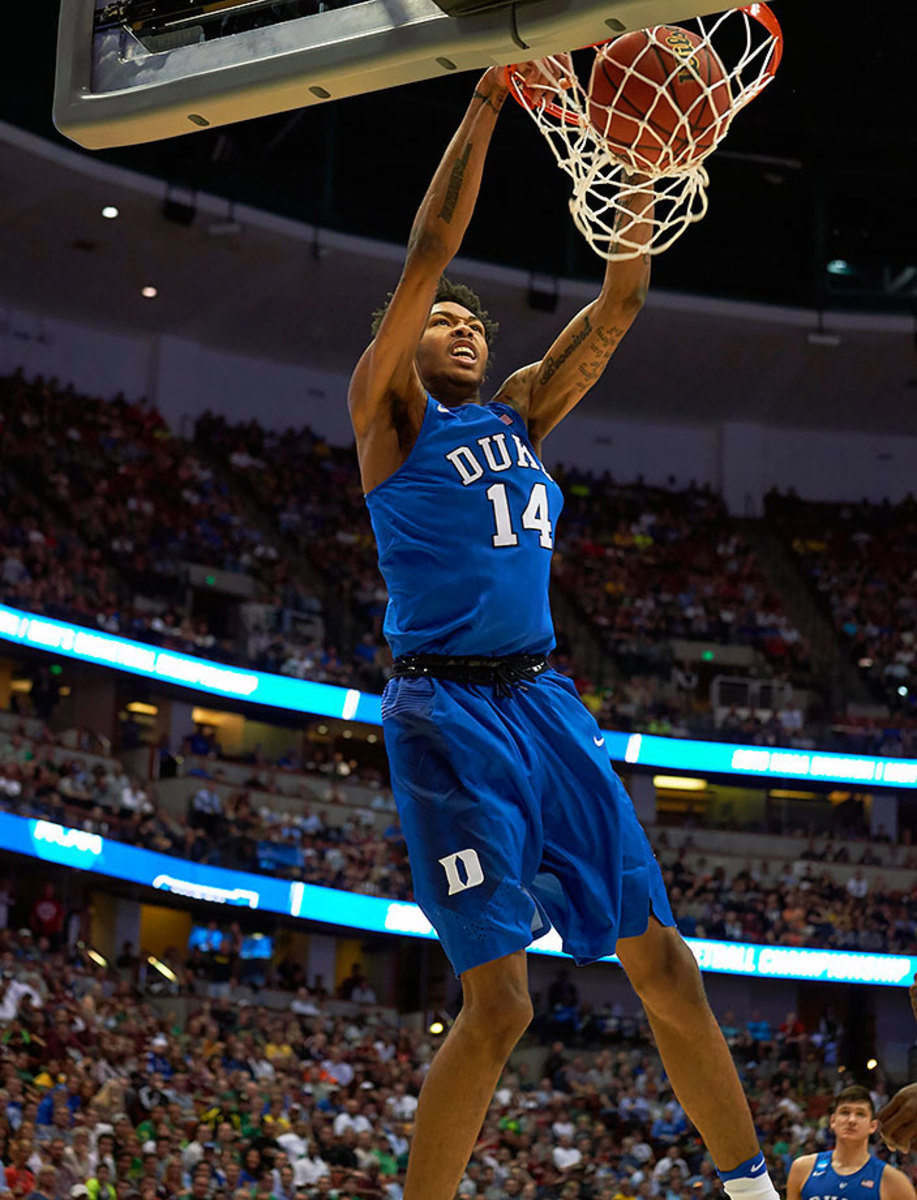
It sounds like the Sixers are almost-definitely going to draft Ben Simmons first. You can justify both players there, but I’m sticking with Ingram as the top overall prospect. He is not as physically prepared for the NBA, but Ingram’s combination of scoring instincts and shooting ability offer him a clear pathway to NBA success and lessen the risk involved in his development. In a draft where there are few “wow” prospects, Ingram offers the best combination of low risk and high reward.
#2: Ben Simmons, LSU — 6'10", 240 | Forward | Freshman
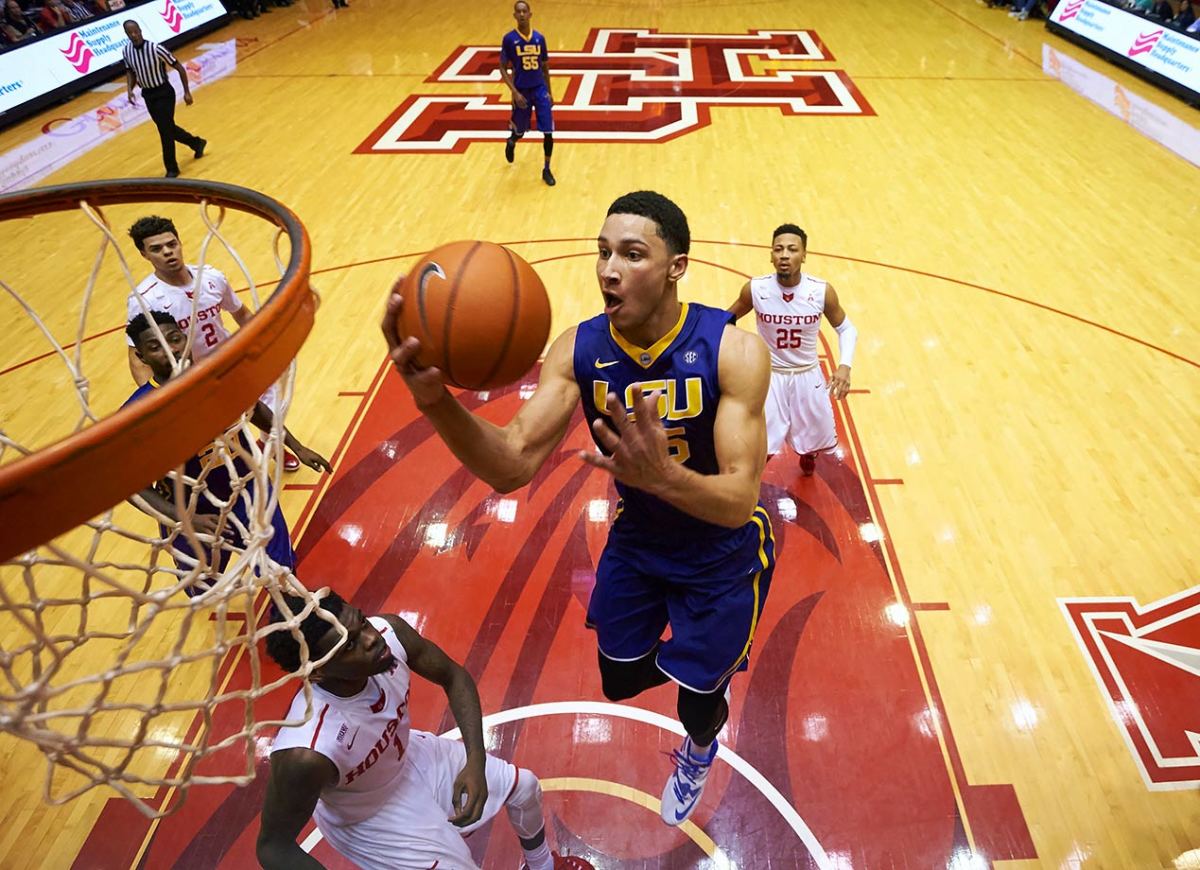
Simmons is one of the more unique talents to come along in decades, and all signs point to him being selected No. 1. He is not a scorer by trade, nor a highly instinctive or diversified one, but his innate passing ability at his size makes him special. Drafting him means committing to putting shooters around him and enabling him to do what he does best as a ballhandler. Building that roster also means investing time and assets, and enabling is a key word here for a kid whose approach to the game and handling of adversity has come into question. But if it all comes together right, he could be a spectacular player indeed.
#3: Dragen Bender, Maccabi Tel-Aviv — 7'0", 216 | Forward | 18 years old
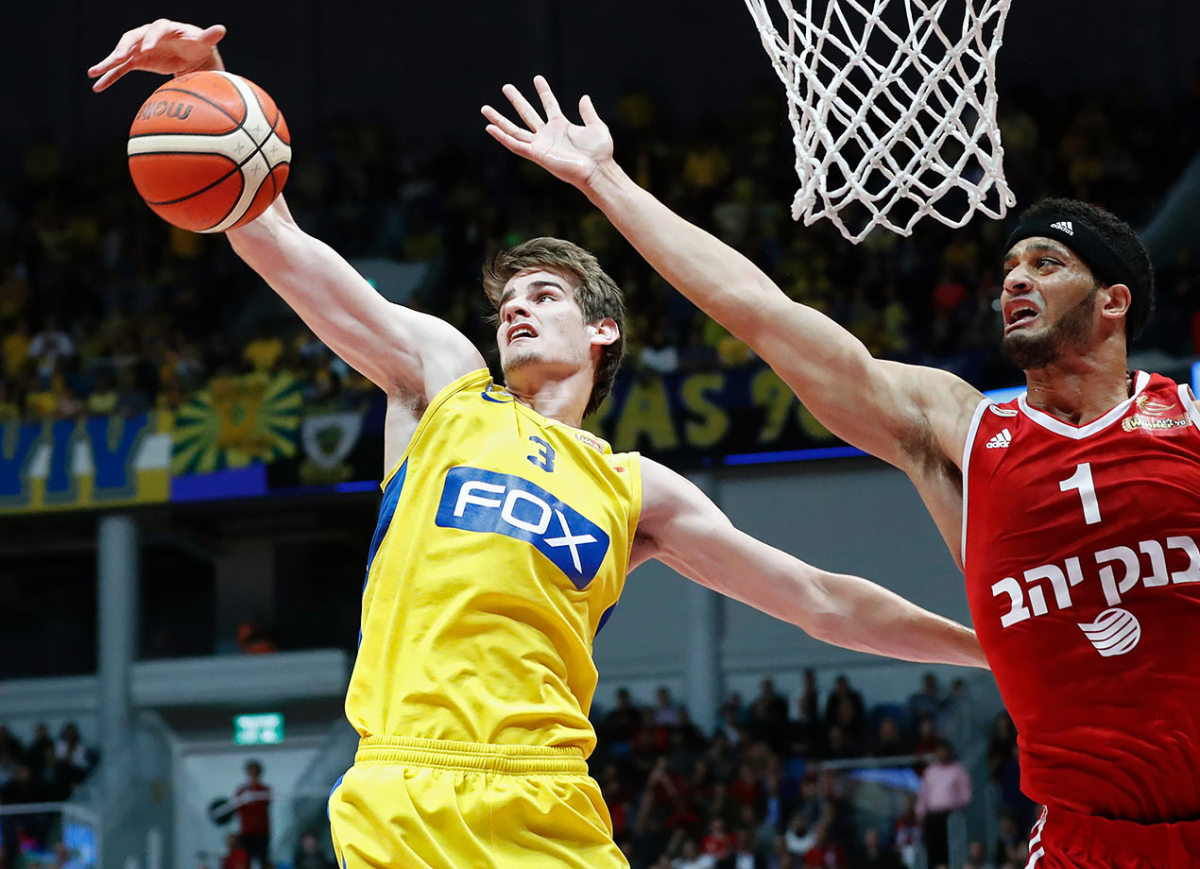
I loved the Toni Kukoc comparison that Luke Winn posed in SI’s recent feature on Bender. Bender’s not unlike Simmons in that sense as an oversized passer, although he doesn’t facilitate offense on the ball in the same fashion. With his playmaking, shooting potential and unselfishness at 7' 0", Bender has the talent to become a weird but fashionable offensive cog for a good team. As he grows into his body, his place on the floor defensively should become clearer. He’s the youngest player in the draft, too.
#4: Jamal Murray, Kentucky — 6,4", 205 | Guard | Freshman
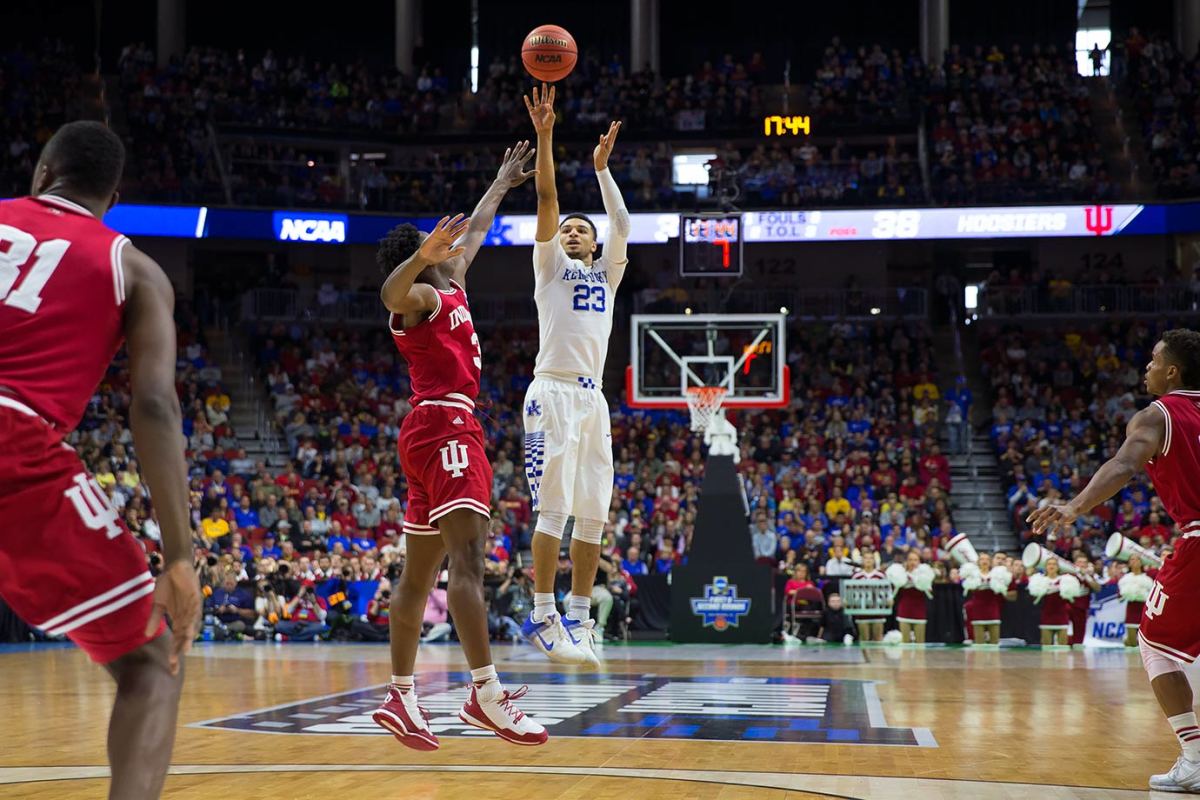
In a different draft class, Murray might go in the 10–15 range. He’s not the most athletic guard in the class, but he gets buckets and scouts love his confidence. His college production, shooting ability and the fact he won’t turn 20 until February give him plenty of value for teams seeking a long-term upside play. His craftiness and ability as a secondary playmaker should let him play a bit of both guard spots. He may slip a little on draft night given teams’ guard depth from picks 3–5, but not too much further.
#5: Kris Dunn, Providence — 6'4", 220 | Guard | Senior
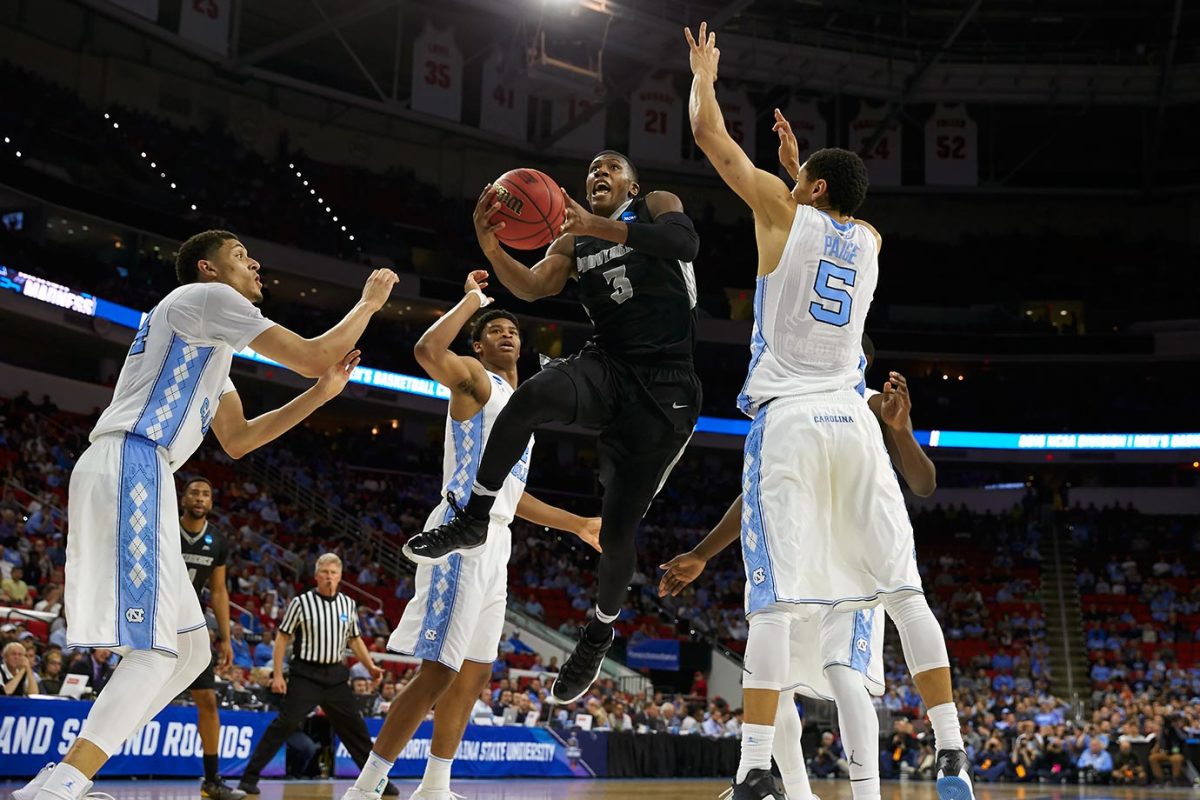
Rumors are heavily linking Dunn to the Timberwolves, and that makes a lot of sense, despite the presence of Ricky Rubio. He’s a Tom Thibodeau type. Dunn should be a plus defender who can run the offense and get to the rim. He’s a great athlete and is one of the most NBA-ready players in the draft. What exactly is Dunn’s ceiling will probably be tied to the development of his three-point shot. He’s the best point guard available, regardless.
#6: Henry Ellenson, Marquette — 6'10", 245 | Forward | Freshman
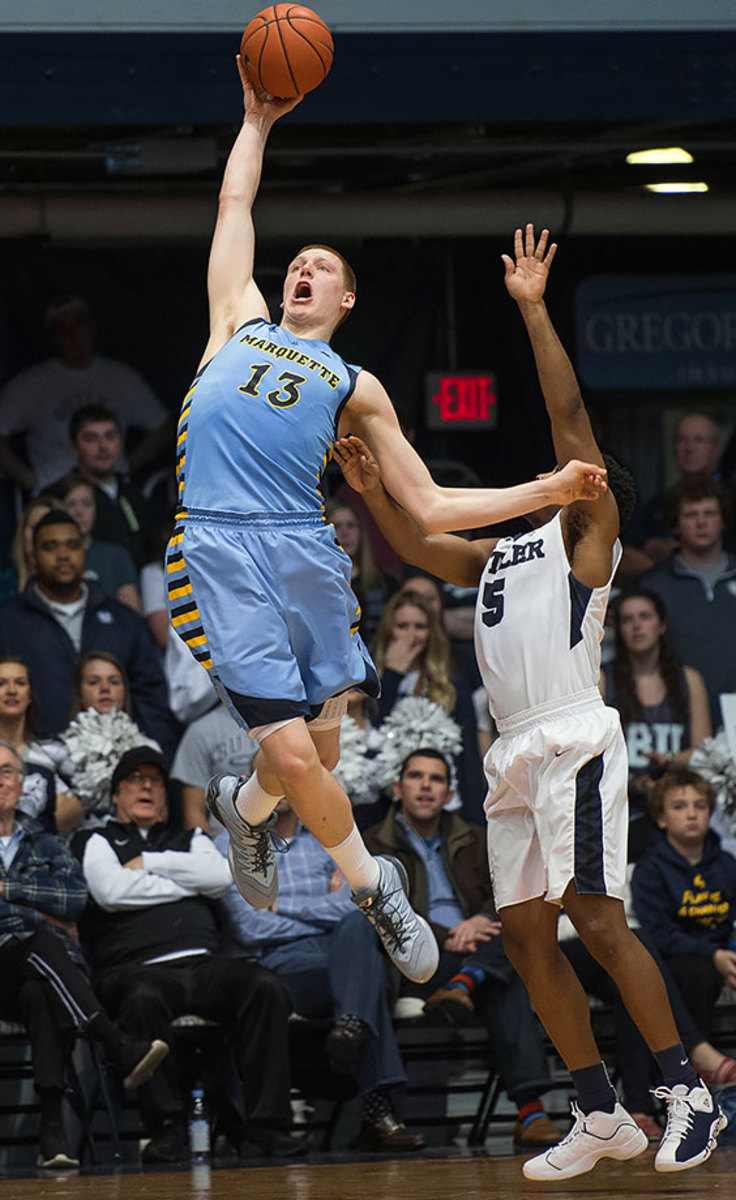
Ellenson has a very wide range of lottery outcomes, probably more than most in what’s already shaping up as an unpredictable first round. There’s no denying his talent offensively, distinguished by his mix of low-post scoring, jump shooting and ballhandling skills. The knock here is he’s not an explosive athlete nor a strong lateral defender, but if you’re playing him at center it could mitigate some of those concerns. True stretch five-men are hard to find.
#7: Buddy Hield, Oklahoma — 6'4", 215 | Guard | Senior
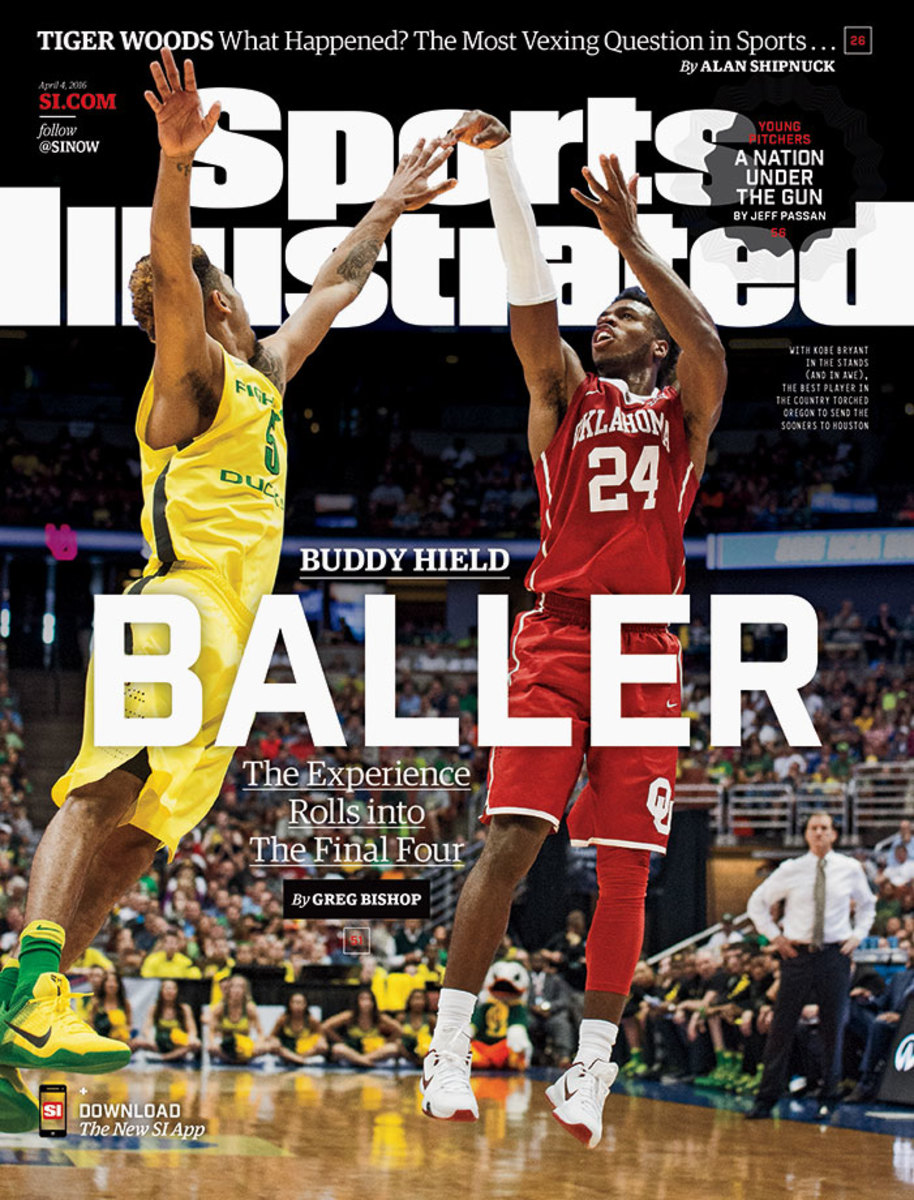
Hield apparently made 85 out of 100 threes in a recent Celtics workout and also told reporters he thinks he’s going to the Lakers. Neither of those two things matter much—we already knew he could shoot, and a leap into the top two would be stunning. Regardless, the elite three-point stroke and an otherwise regular skill-set gives the J.J. Redick comps credence. Though he’s 22 already, the development he showed over four college seasons actually plays in his favor with some scouts. Hield should be able to help you right away.
#8: Marquese Chriss, Washington — 6'10", 233 | Forward | Freshman
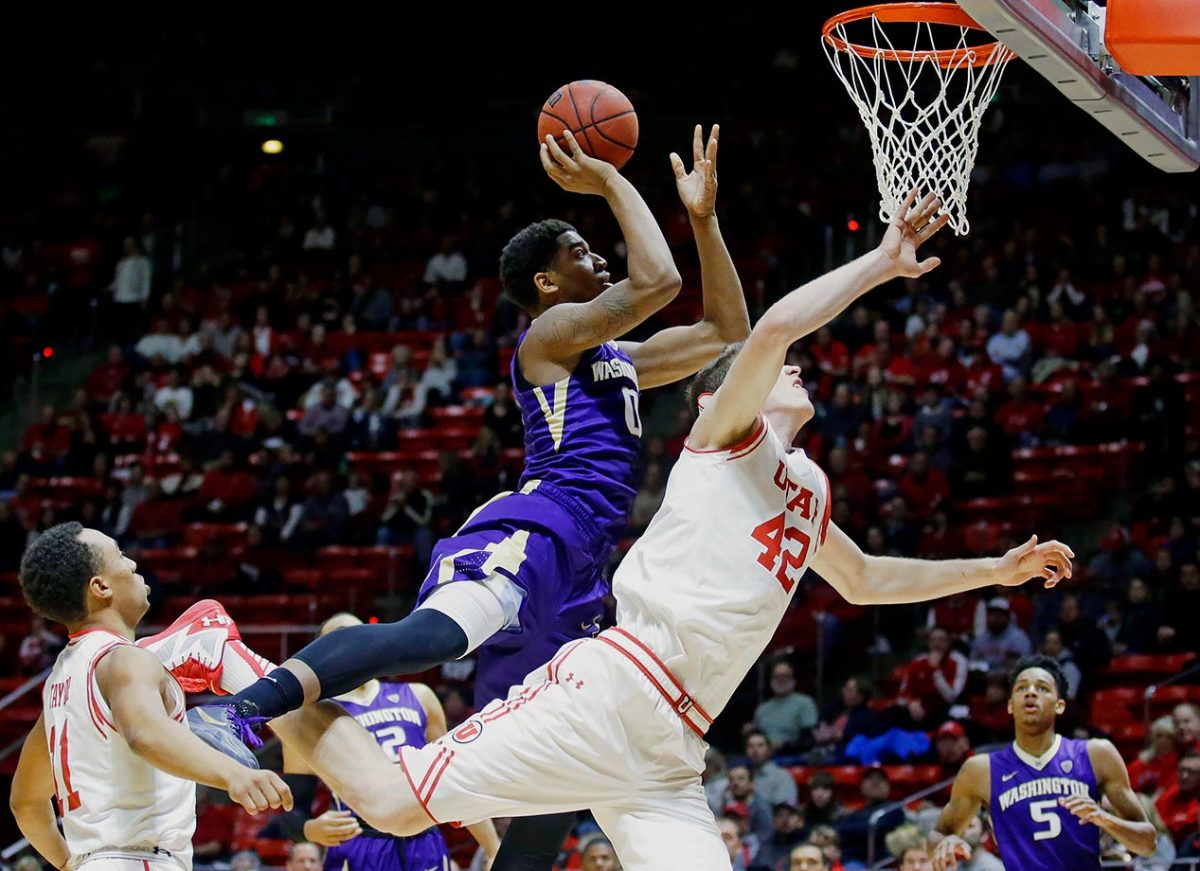
Some mocks have Chriss going in the top five based on his potential alone. That’s justifiable, but around here feels like more of his range. He’s got almost every tool you can ask for, but also hadn’t played much high-level basketball before coming on late at Washington. He almost definitely doesn’t know how good he can be. We’ve seen guys with similar profiles and better pedigrees float in and out of the league. As a stretchy, bouncy, scoring four-man, Chriss will be a sexy pick, but he’ll have a greater learning curve than most.
#9: Jakob Poeltl, Utah — 7,1", 240 | Forward/Center | Sophomore
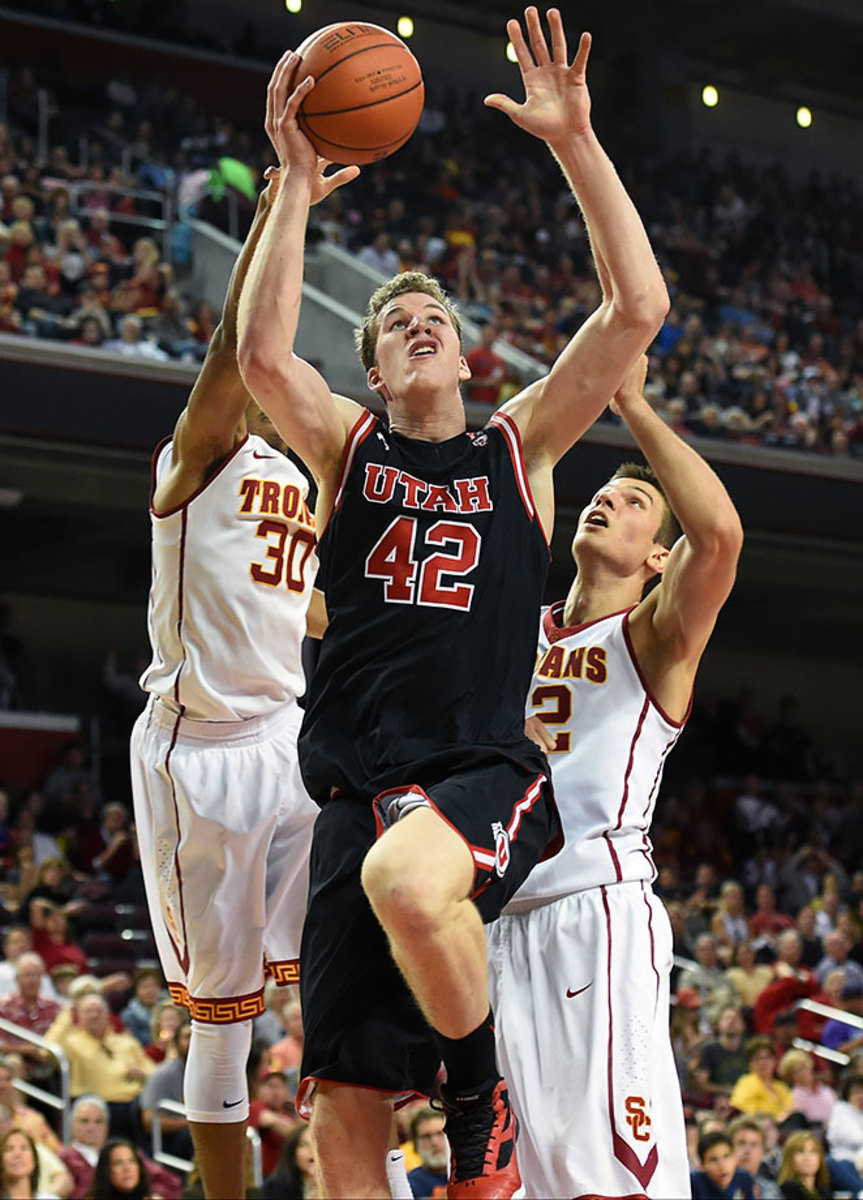
Poeltl’s a throwback big, and it’s almost working against him in the court of public opinion. Also working against him is the fact that not many teams in the top 10 really need a center. But look, he’s massive and has a well-developed post game, and there will be a place for those types of guys even as the league begins to skew small. He got noticeably better from freshman to sophomore year of college. Big men always take time. He’s a fairly safe pick in my book.
#10: Jaylen Brown, Cal — 6'7", 223 | Forward | Freshman
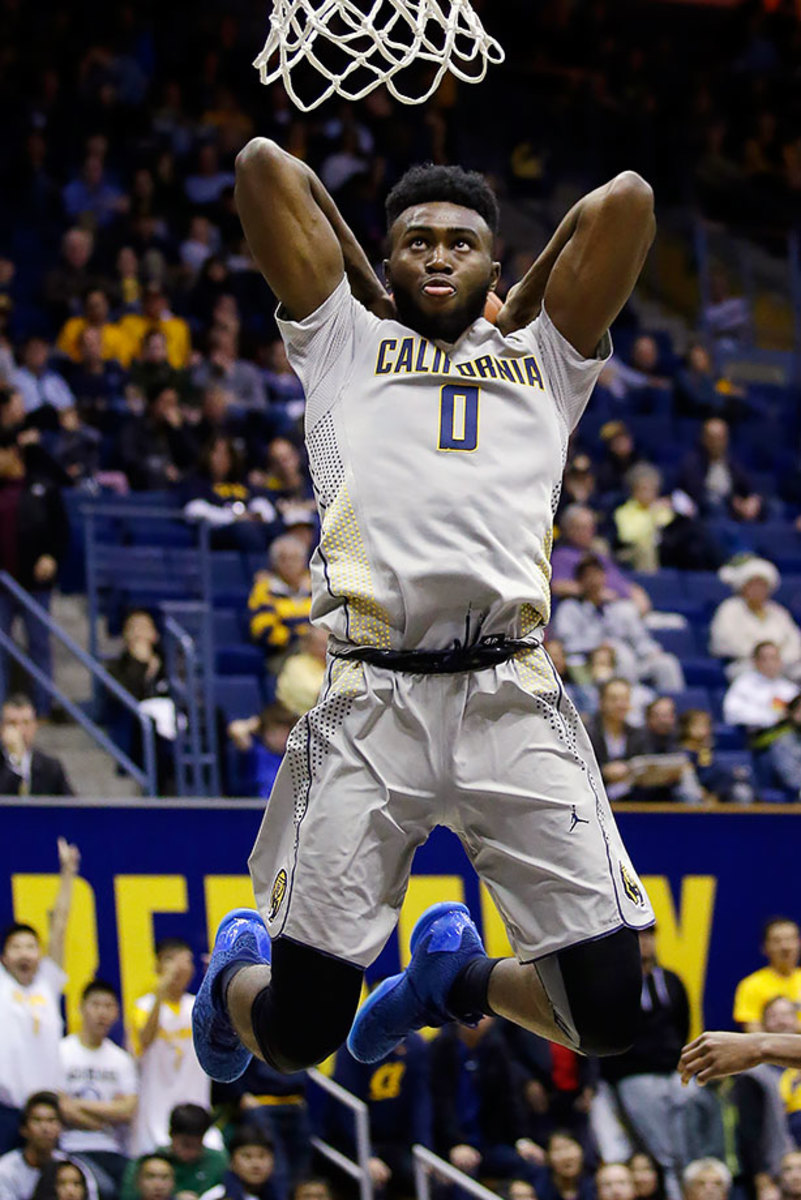
Something here just doesn’t quite move the needle like it should. Brown has every athletic tool in the book, but had a well-publicized rough go at Cal and probably lacks the basketball acumen to contribute early on. Big potential means he could conceivably go in the top five, but the opportunity cost could be high. He’s a smart kid, but can also overthink the game. One scout put it like this: “At least Gerald Green came in with a wet jump shot.”
#11: Timothe Luwawu, Serbia — 6'7", 205 | Guard/Forward | 20 years old
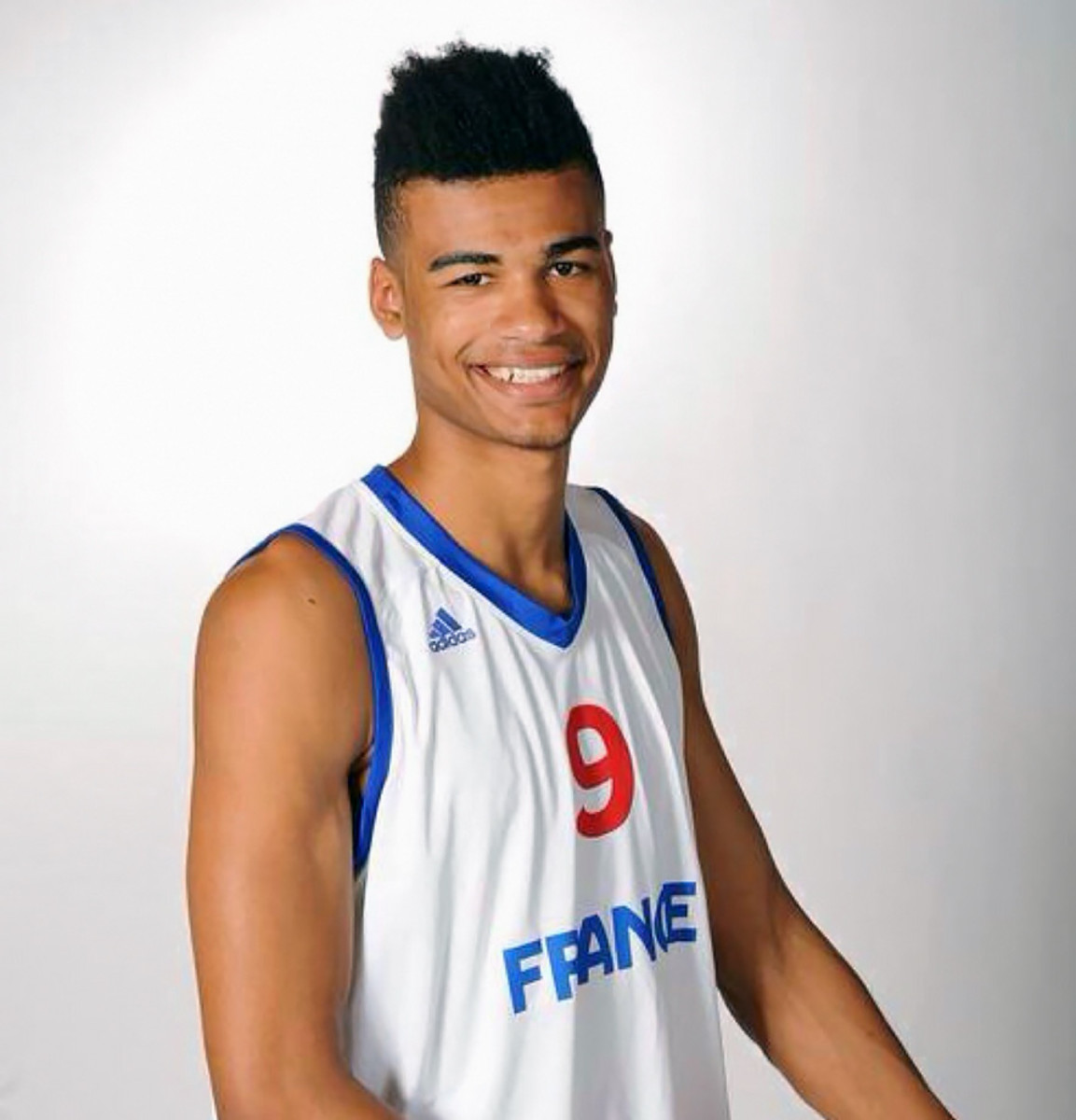
Two-way wings are always a valuable commodity, and Luwawu’s one of the best ones in a thin class. He’s a highlight-caliber athlete with a wingspan over 7’0” feet and shouldn’t slip too far from here. Scouts I spoke with felt he was closer to NBA-ready than most. Luwawu’s got a more diverse offensive game than just his dunk reel, and has made big strides in the past year. There’s a lot to like with him.
#12: Deyonta Davis, Michigan State — 6'10", 240 | Forward | Freshman
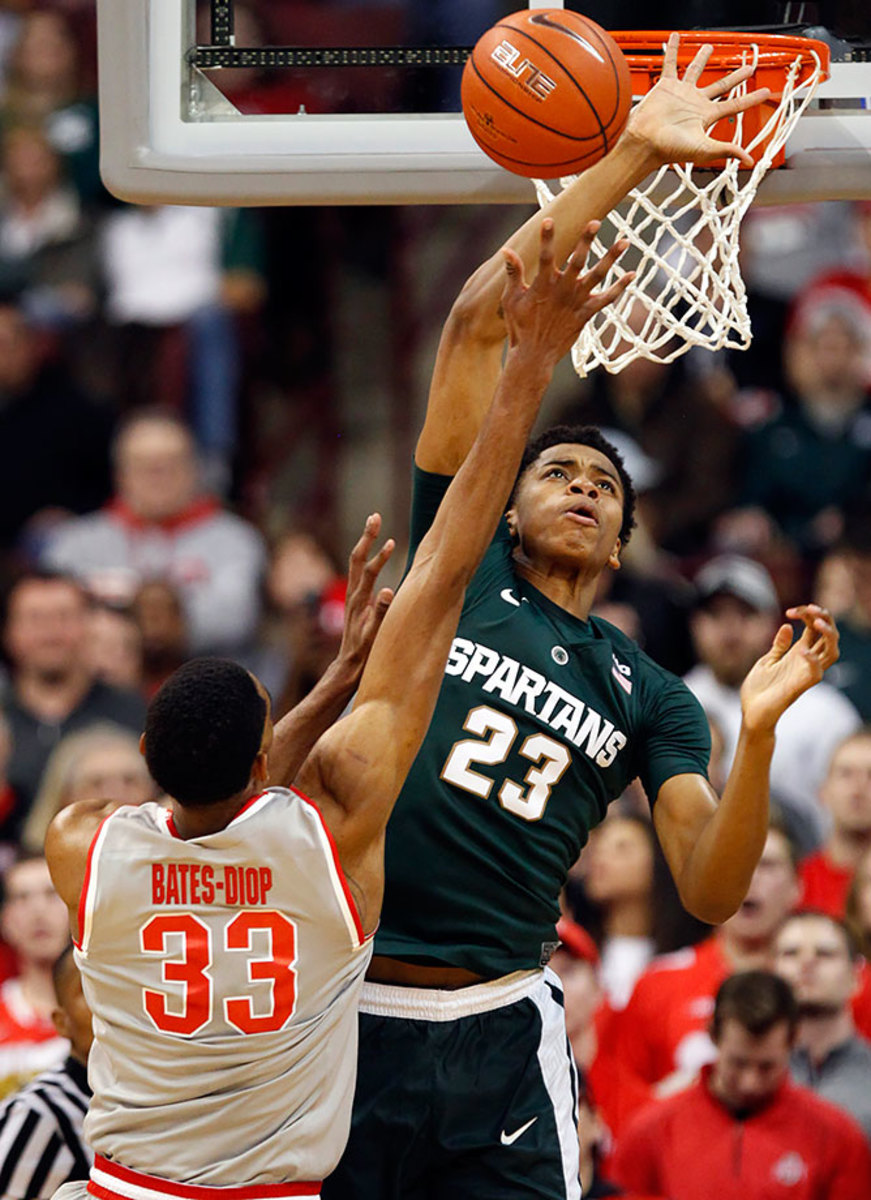
Everything is about projection with Davis. His length, quick feet and great shot-blocking instincts portend defensive success. With improving touch and a semblance of a jump shot, you can mold him on offense, too. He played a good bit for Tom Izzo, which matters, but there’s not much of a sample size or history of production to bank on. He’s a long way away from ready, but then again, there are a lot of guys in that same boat this year.
#13: Domantas Sabonis, Gonzaga — 6'10", 240 | Forward | Sophomore
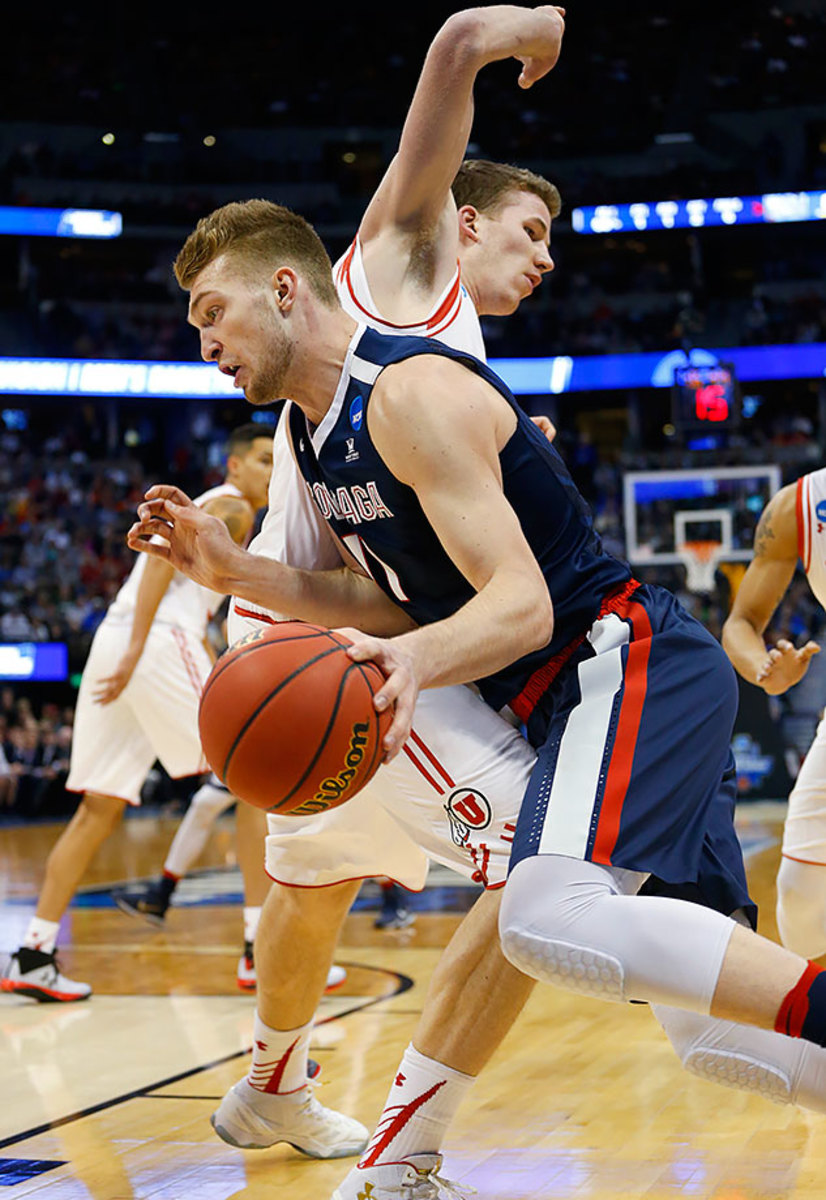
Sabonis plays exactly how you’d think the son of a Hall of Fame European big man would. Great fundamentals, soft hands, high motor and IQ. His Gonzaga production backs things up well. The issue is his lack of explosion and length, which raises questions about exactly what translates at the next level. Mid-first round and onward, Sabonis offers some safe value. There’s speculation he has a promise from a team in the late lottery.
#14: Furkan Korkmaz, Anadolu Edes — 6'7", 175 | Guard | 18 years old
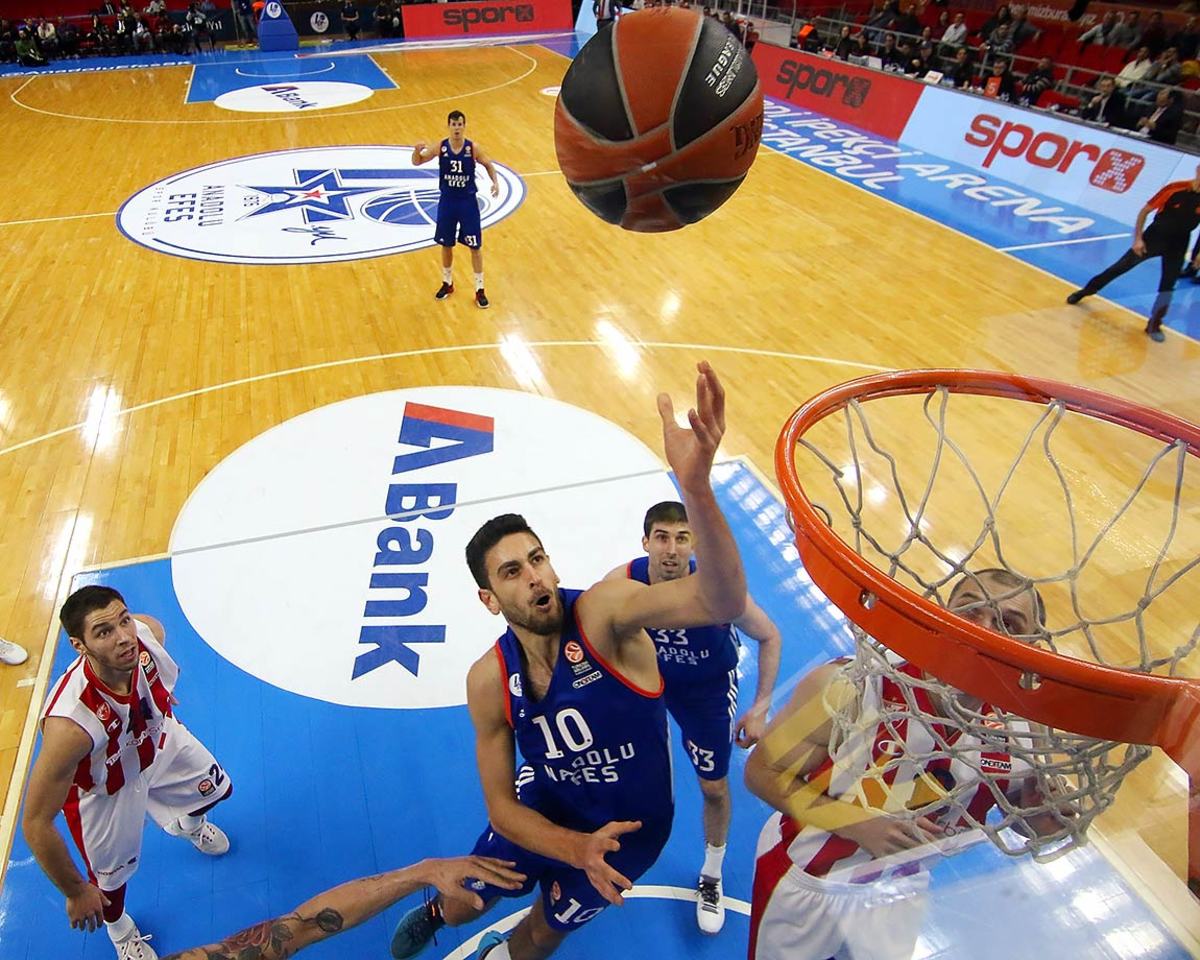
The combination of athleticism, shooting and youth make Korkmaz a very interesting stash candidate. He’s starred for Turkey at youth levels and shown flashes while playing with Efes’s senior team, but it’s worth noting how relatively small his sample size is against elite competition. He’s a long-term investment, not an immediate-impact selection.
#15: Skal Labissiere, Kentucky — 6'11", 216 | Center | Freshman
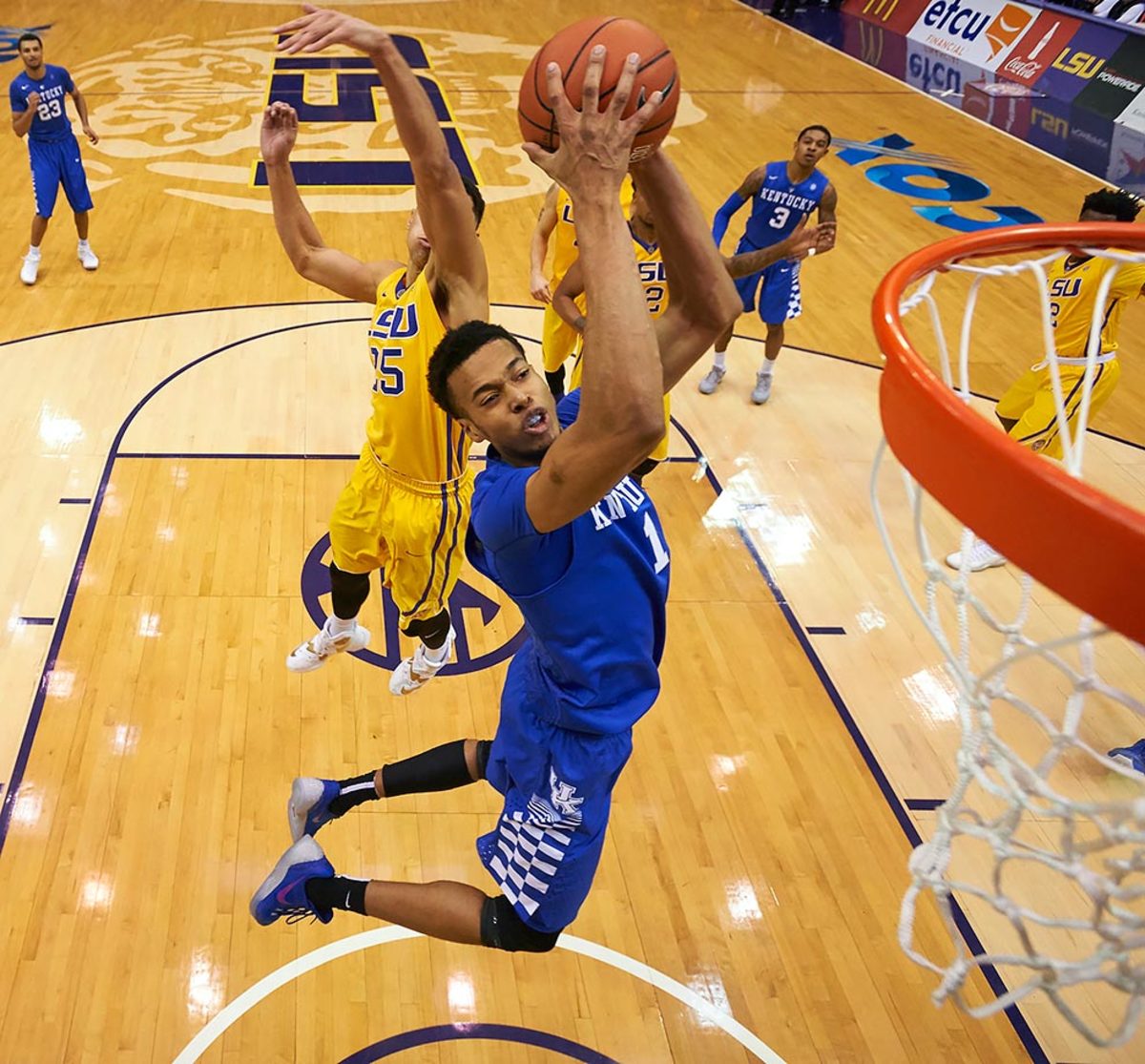
I have a hunch Labissiere slides toward the late teens on draft night. There’s just too much riding on projection with an older prospect who’s behind developmentally and with little history of consistent production. He’s big and might be able to shoot it and block shots, but he’s already 20 and has filling out left to do. Labissiere missed his junior season of high school with a back injury that has left lingering questions for teams. He could be a worthwhile gamble for teams with the time and resources to develop him. But, as one scout put it: “It’s really hard to play in the NBA not knowing how to play basketball.”
#16: Denzel Valentine, Michigan State — 6'6", 210 | Guard | Senior
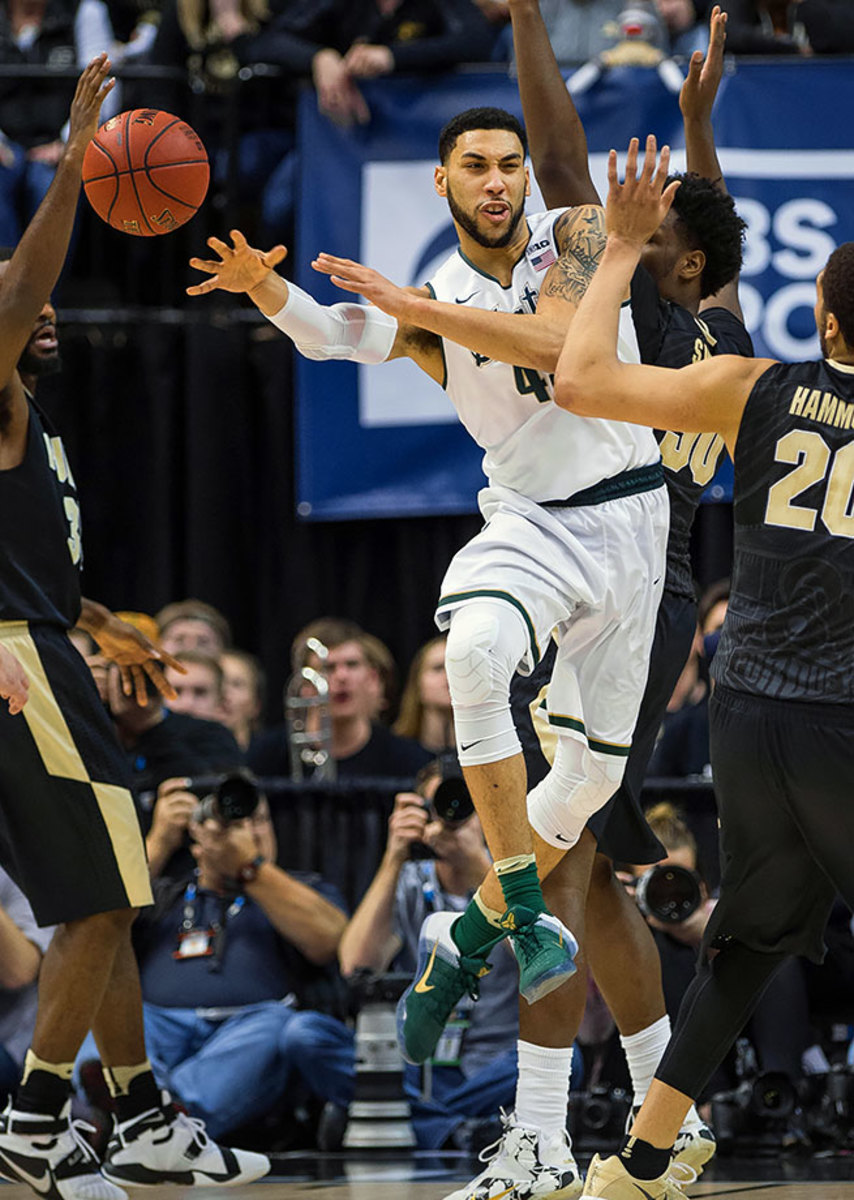
Valentine’s production (19.2 points, 7.5 rebounds, 7.8 assists) was outstanding last season, and his feel and playmaking help balance the lack of eye-popping athletic measurables. He won’t play the same ball-dominant role as a pro, but you’re buying him as a secondary ballhandler who can space the floor and hoping he catches up defensively. Teams have concerns about the condition of his right knee, which could cause him to slip a bit on draft night.
#17: Demetrius Jackson, Notre Dame — 6'1", 220 | Guard | Junior
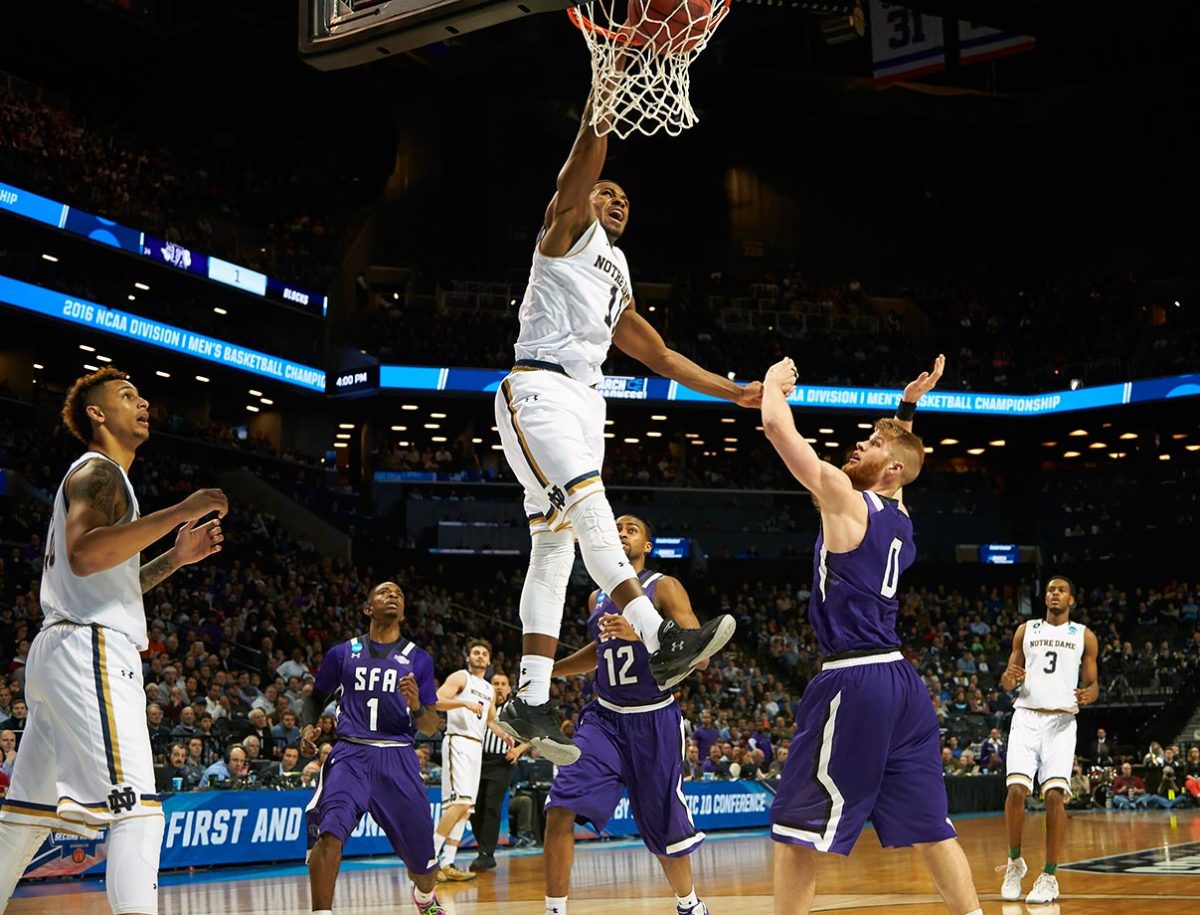
Jackson is tough and extremely athletic and has a good chance to be the second point guard drafted. He’s coming off a strong year at Notre Dame, but his shooting percentages dipped as he shouldered more of the scoring load. Skill-wise, he’s somewhat a master of none. His actual production will have to catch up to his tools. Scouts wonder if he’s cut out to be more than a reserve long-term, but he has decent value in this range.
#18: Wade Baldwin IV, Vanderbilt — 6'3", 195 | Guard | Sophomore
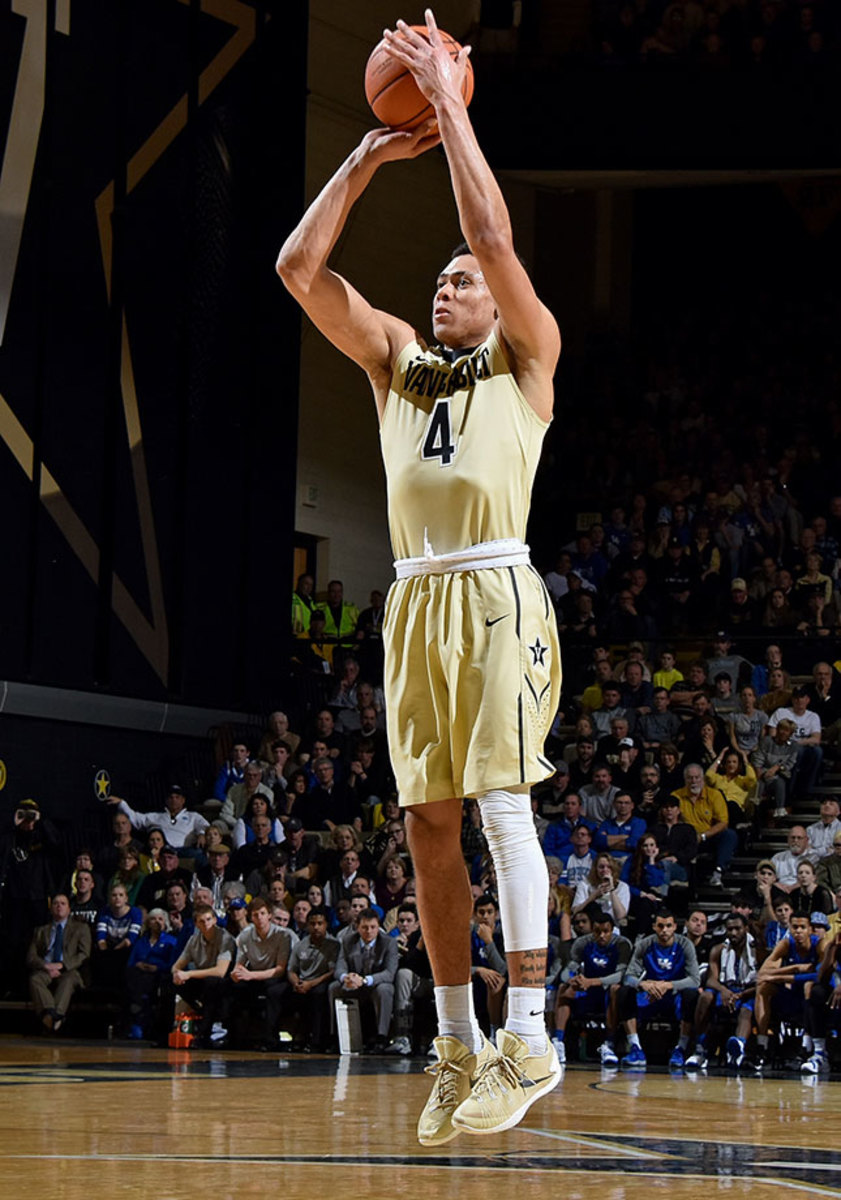
Baldwin’s combine measurements—6' 4" with a 6' 11" wingspan—certainly validated his case as a defensive stopper with a chance to be more. His offense hasn’t sold some scouts, and he’s not a natural point guard in the purest sense, but he can hit a shot and could perhaps be better suited for a lower-usage role. Multiple scouts have cited his tendency to overthink and get in his own way. Still, his defensive potential gives him a relatively high floor.
#19: Ante Zizic, Cibona Zagreb — 6'11", 240 | Center | 22 years old
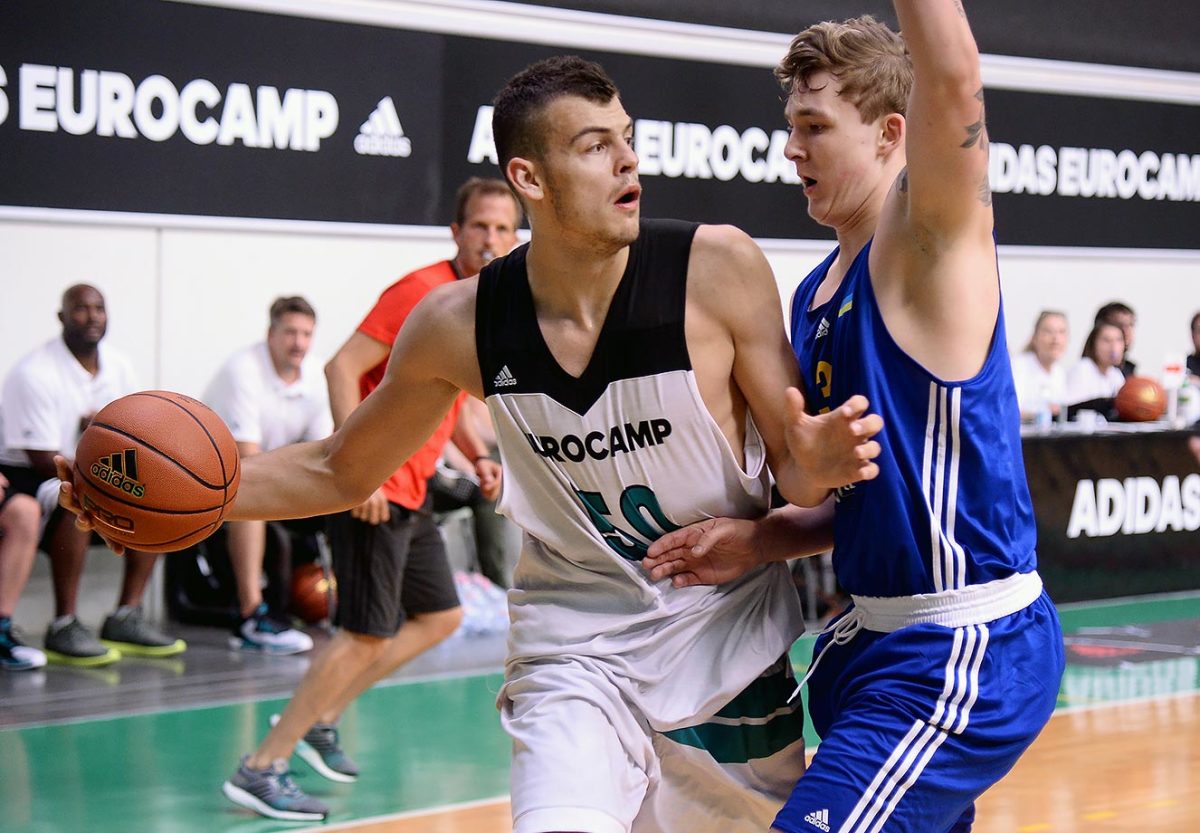
Near the top of the list among stash candidates is Zizic, a garbage-man type who knows his role, works hard on the glass and is physically mature enough to accomodate his preferred style. Impressive production as a teenager in the Adriatic League (13 points, eight rebounds per game) definitely stands out. Zizic’s skills have a ways to go, but it’s easy to see him as a nice complementary piece on the inside.
#20: Dejounte Murray, Washington — 6'5", 170 | Guard | Freshman
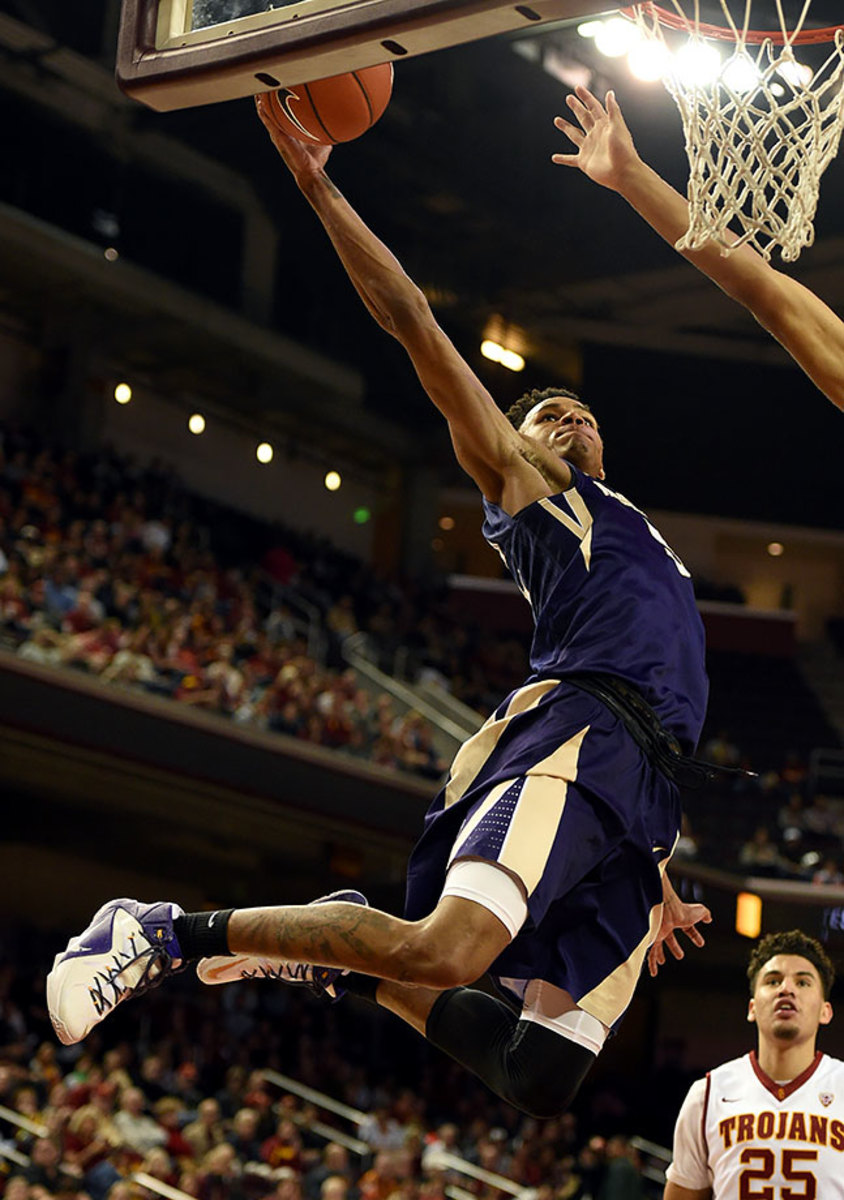
One optimistic scout calls Murray, simply, “a baller.” “He does some things you can’t teach,” another says. This is the crux of his intrigue, and while he’s going to need some time, he’s a definite upside play as a scoring combo guard. His shot is a work in progress. On talent and projection you can justify him in the late lottery, but his range appears pretty wide.
#21: Taurean Prince, Baylor — 6'7", 220 | Forward | Senior
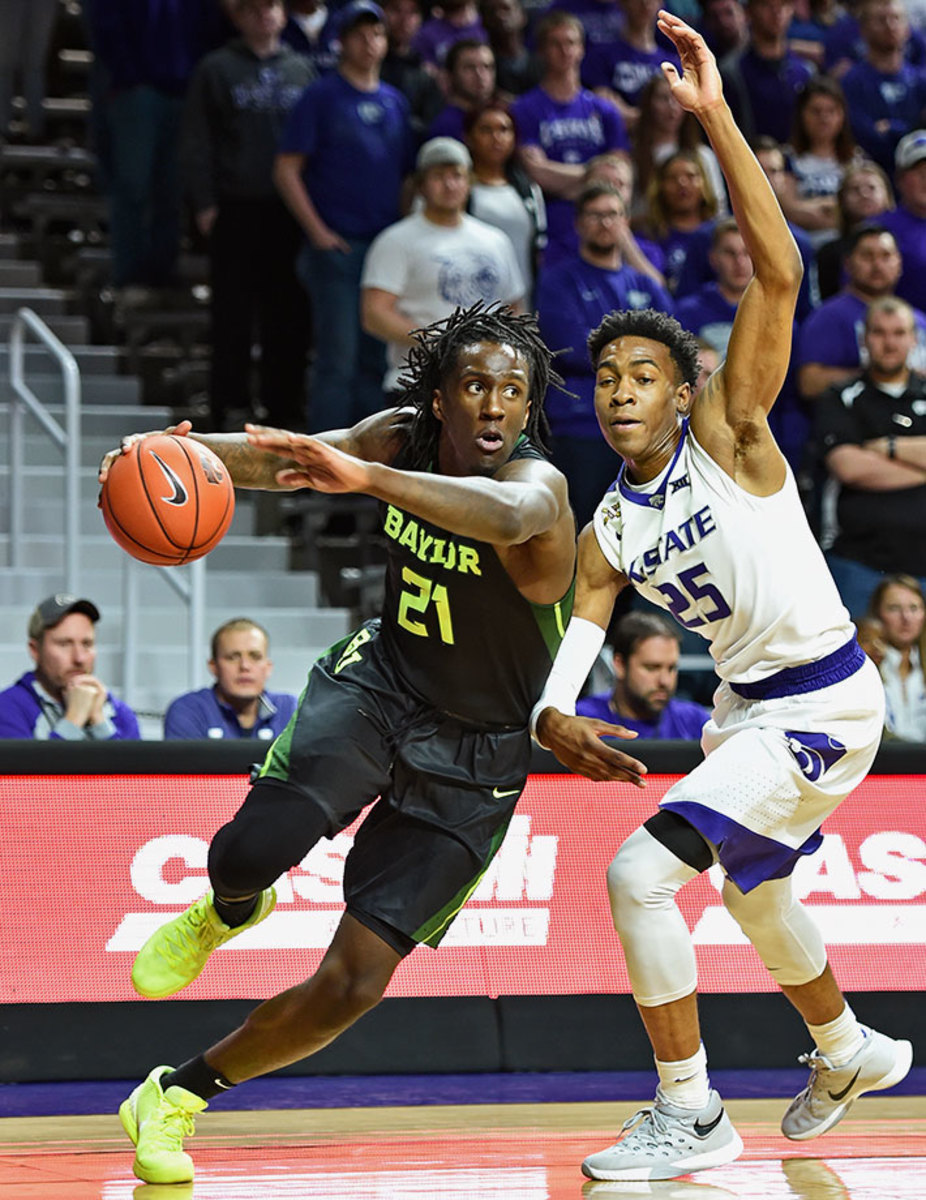
Prince did a little bit of everything for Baylor, with a game one scout described as “unconventional.” He’s long and strong and should be able to cut it athletically, and while he struggled some as a senior when tasked with making plays on the ball, odds are he won’t be asked to do as much of that in the NBA. Although he lacks an elite skill to hang his hat on, he should be able to step into a rotation pretty quickly.
#22: Tyler Ulis, Kentucky — 5'9", 160 | Guard | Sophomore
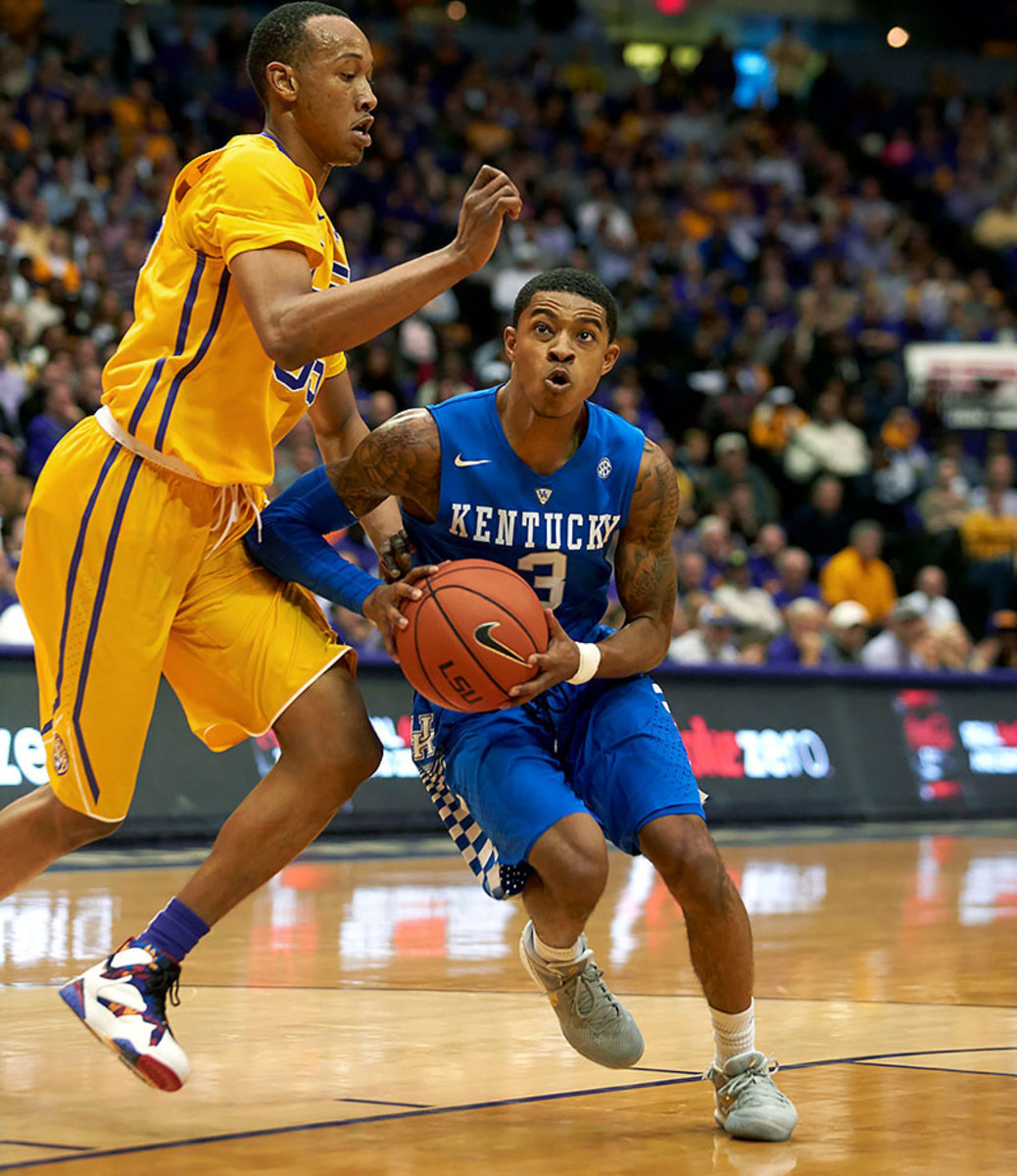
Ulis has solidified himself as a mid- to late-first rounder, and he’s probably the most instinctive passer among available guards. He won’t make many mistakes, and he’ll make everyone around him better. “Three inches taller,” one scout says, “and he would be the best point guard in this draft.” Medical concerns about his hip and his extremely thin frame gives some reason for pause.
#23: Cheick Diallo, Kansas — 6'9", 220 | Forward | Freshman
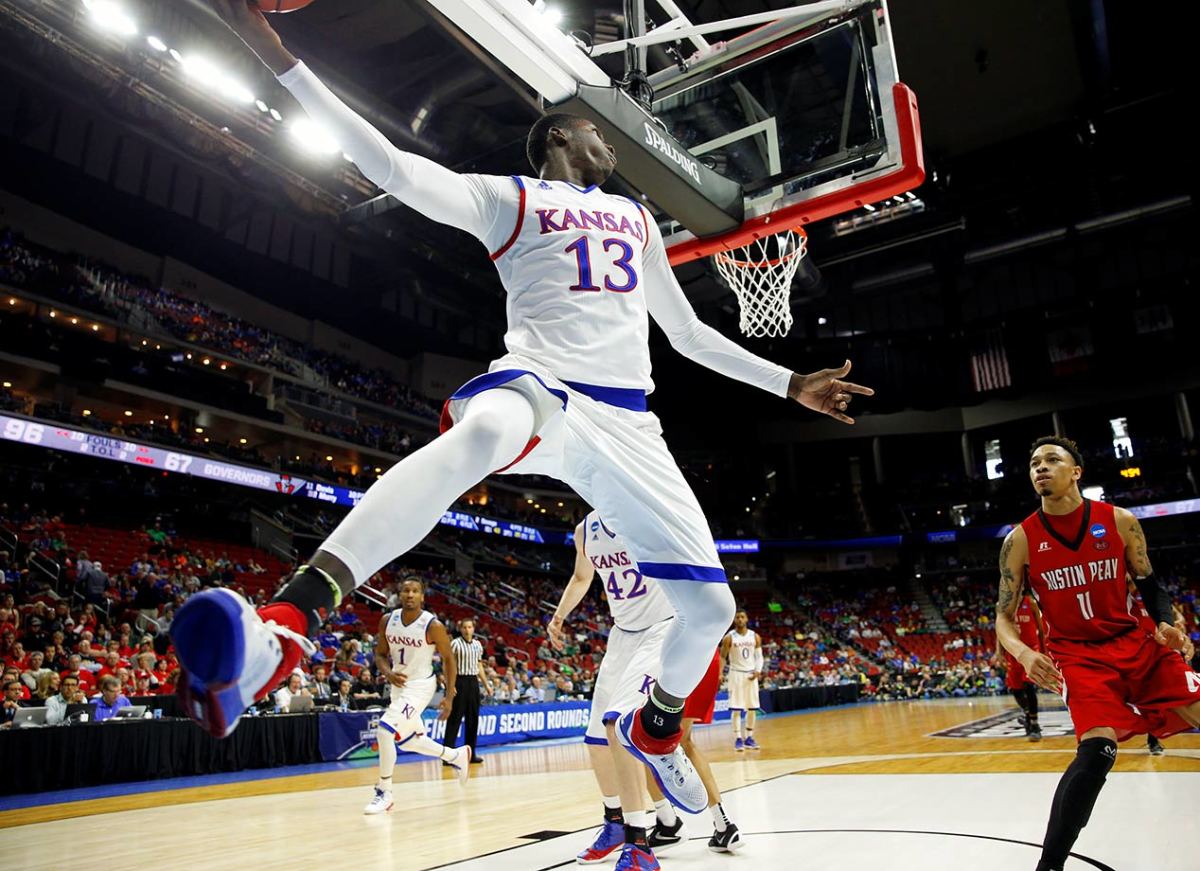
Diallo is bouncy, aggressive and has a reputation for playing extremely hard. With added seasoning, he should become a useful energy big.His considerable length helps compensate for his lack of height. He’s not a scorer beyond the dunks and hustle bucket, which limits his upside. Diallo was buried in the Kansas rotation, but will be granted more patience from here.
#24: DeAndre Bembry, St. Joseph — 6'6", 207 | Forward | Junior
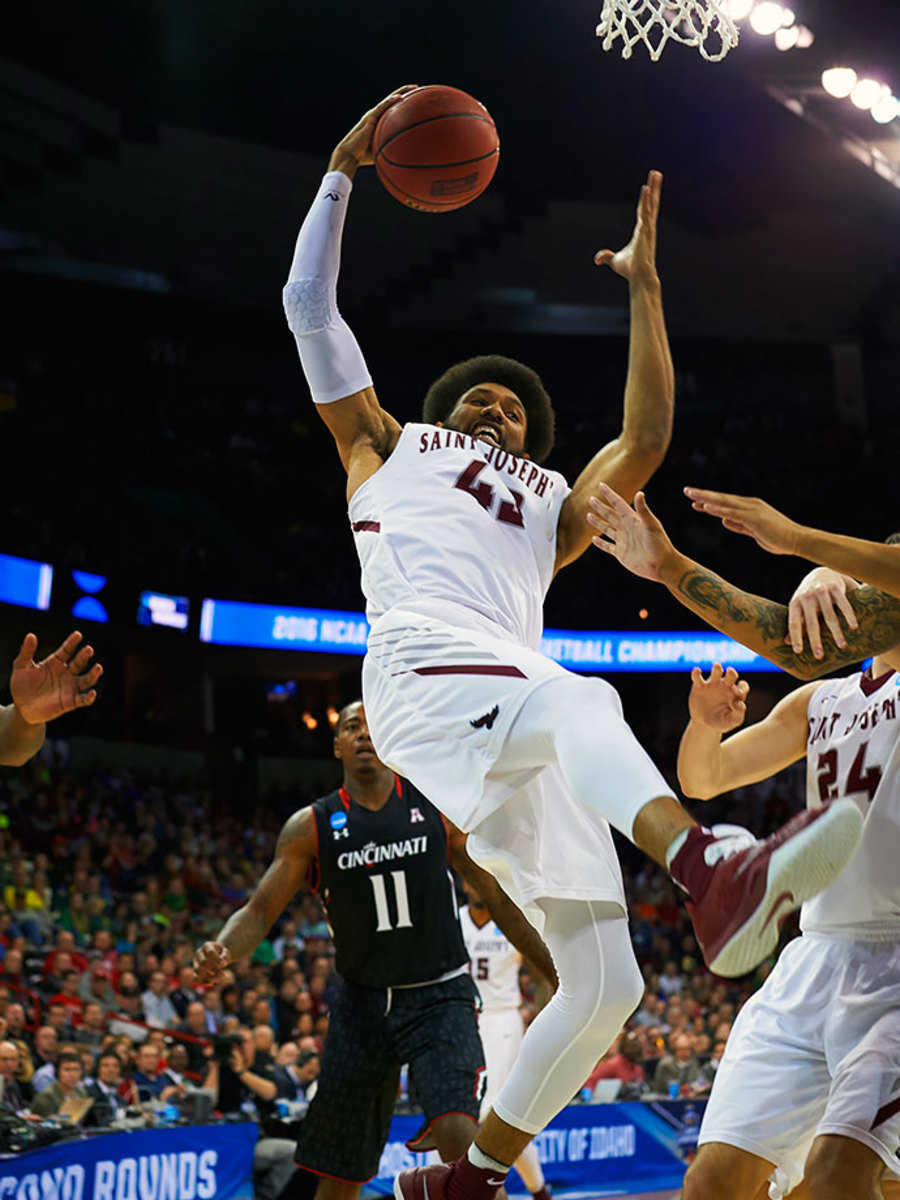
Bembry’s one of those players who just gets it. He’s got a mature game and the college production to back it up. He’s low-risk in that you can see him meshing into any offense with his playmaking and versatility. The major question is his three-point shot, but it’s not broken and if you play him alongside shooters it should alleviate some of those spacing concerns. Bembry could make an impact early in his career and help a playoff team next season.
#25: Ivica Zubac, Spain — 6'9", 265 | Forward | 19 years old
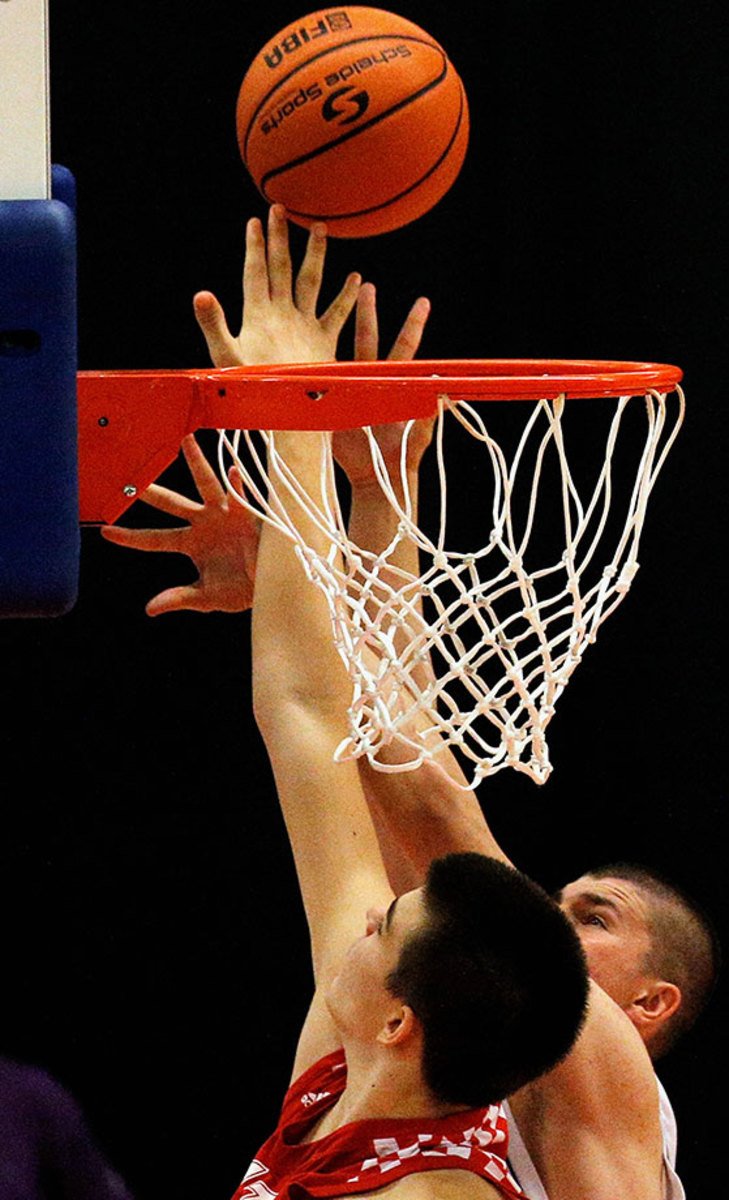
Zubac turned heads with insane production at the 2015 FIBA U19 Worlds (33.7 PER, 17.6 points, 7.9 rebounds). He’s a strong finisher with a great frame and nice post-up game. Zubac has potential to cut it defensively and should be a fit at the next level as a screen-setter and rim-runner. He apparently prefers to come over to the NBA next season, but can justify a place on someone’s bench given his tools and possibilities. If you can stash him, even better.
#26: Thon Maker, Orangeville Prep — 7'0", 219 | Center | 19 years old
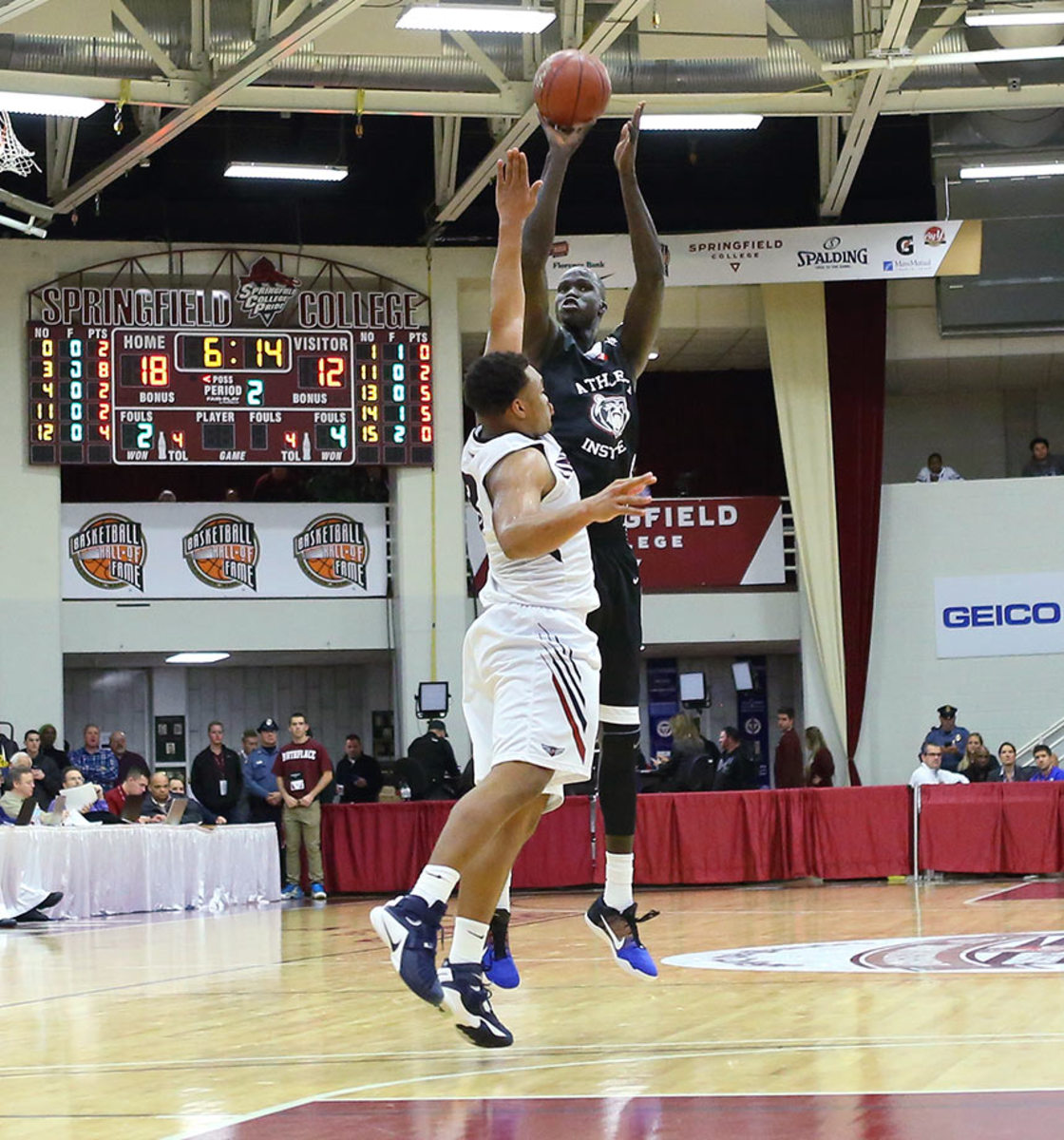
Opinions remain mixed on Maker, but it seems scouts are beginning to come around a bit. He’s a legit 7-footer, long and mobile, but, of course, rail-thin. People like his intangibles, yet there are still a ton of ifs when figuring out which of his strengths actually translate to the league. He might be an athletic energy big who can step out and make a shot, he also may never be able to bang inside. Maker has been working out against Brandon Ingram leading up to the draft and apparently held his own. There’s a wide range of outcomes here.
#27: Juan Hernangomez, Spain — 6'9", 225 | Forward | 20 years old
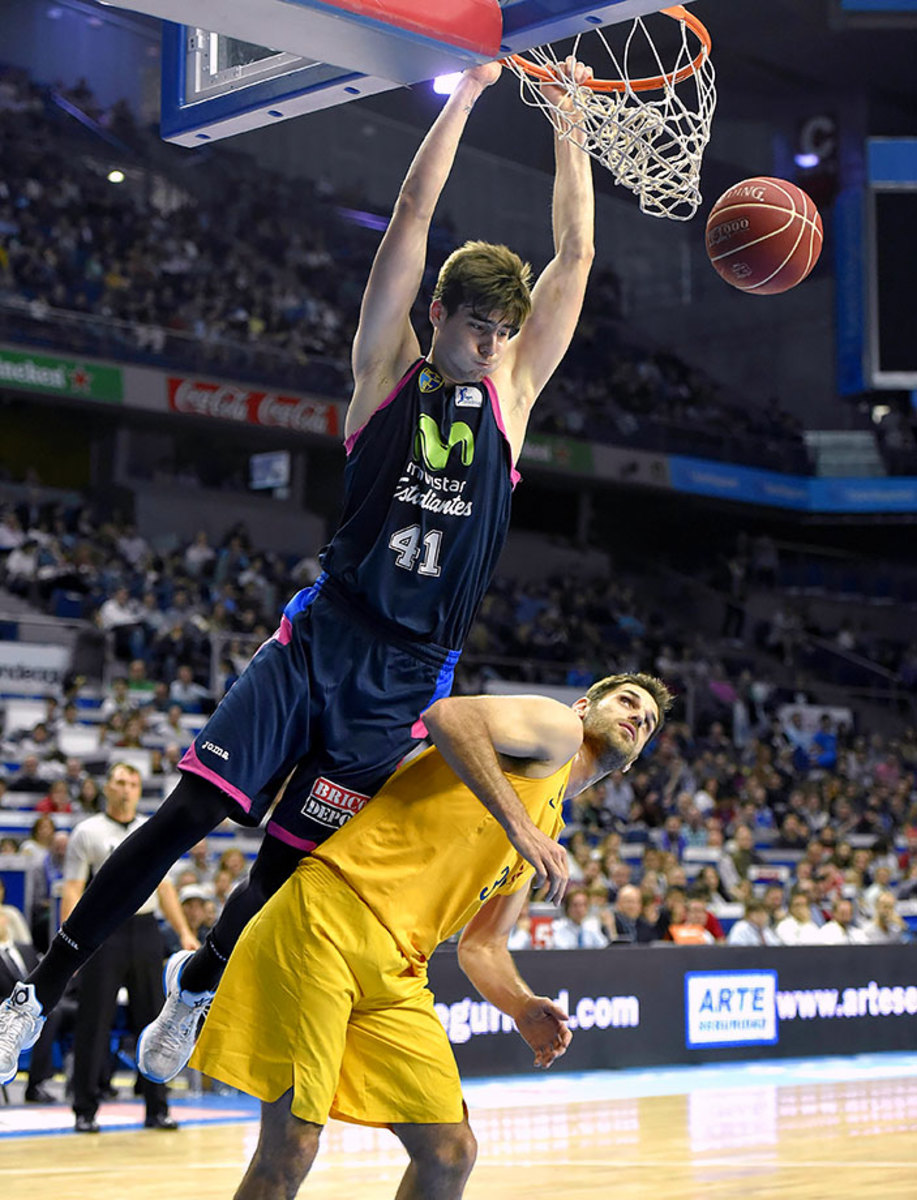
Hernangomez enjoyed a strong season in Spain and won’t turn 21 until September. A skilled stretch-four who could eventually play some three, he’s comfortable getting his offense spotting up and finishing inside. One scout cited Hernangomez’s high energy level and deceptive leaping ability. It helps he’s already playing legit minutes and producing in a very tough league. Think late first round.
#28: A.J. Hammons, Purdue — 7'0", 281 | Center | Senior
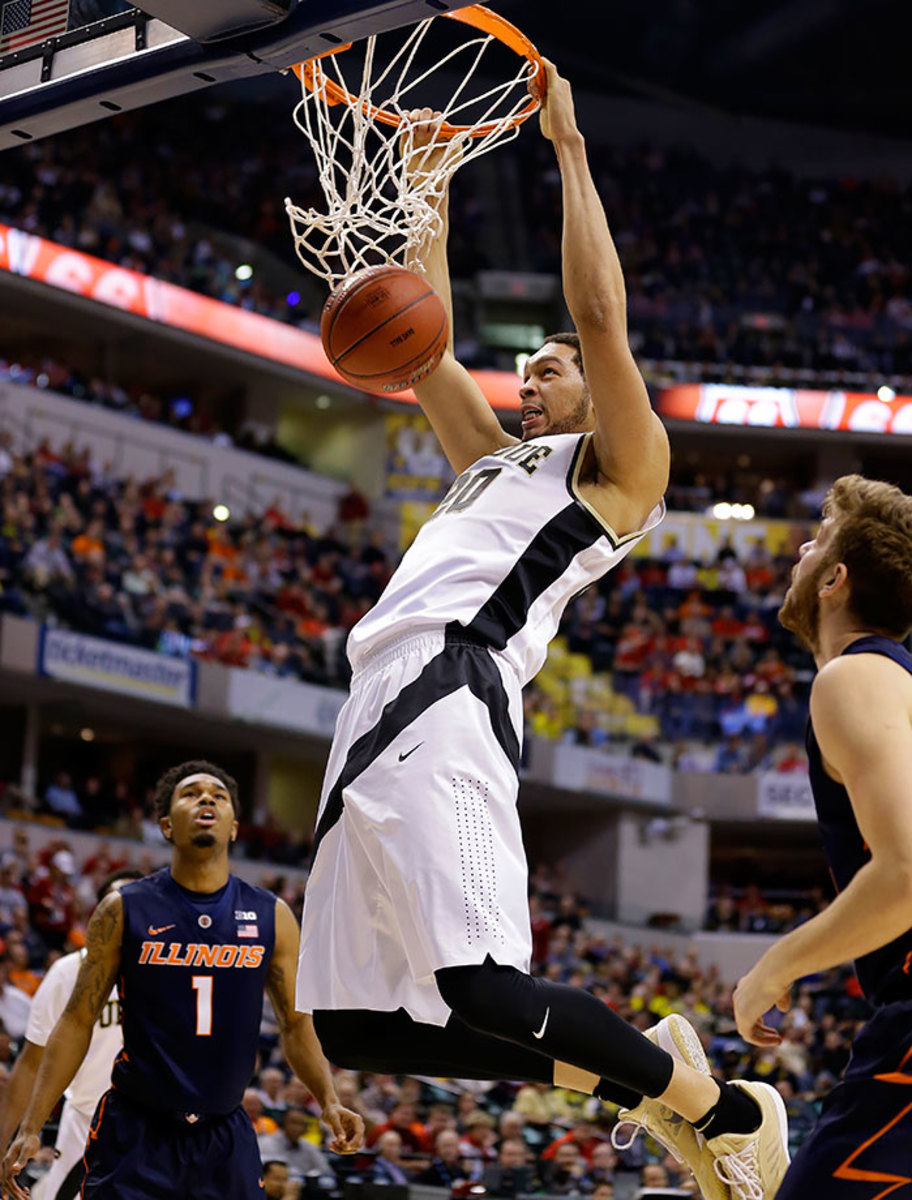
There’s no reason Hammons shouldn’t be a useful rim protector from day one. He’ll turn 24 soon, which will keep him out of the upper reaches of the draft, but he’s an NBA-level talent with an improving offensive skill level and pro-ready body. The question with him has always been his motor, and teams are fully aware of some off-court discipline issues at Purdue. There are a lot of ifs, but Hammons could surprise if the lightbulb starts to go off.
#29: Malik Beasley, Florida State — 6'5", 190 | Guard | Freshman
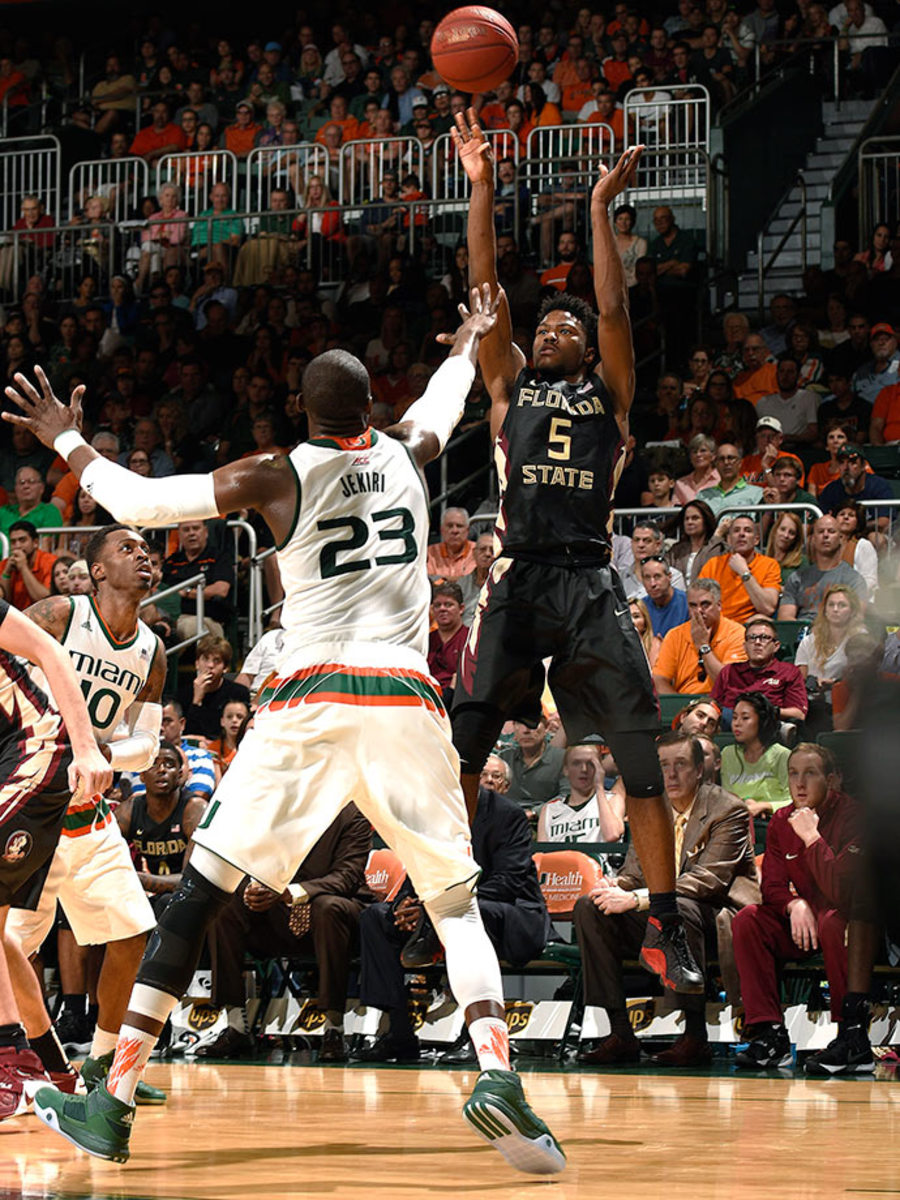
An athletic slasher with a nose for the basket, Beasley demonstrated the ability to score at all three levels in his one season at FSU, and improved as the year went on. He can shoot it, has a great frame and brings notably strong intangibles in terms of makeup and competitiveness. He has a metal rod in his leg after a stress fracture injury that will concern teams.
#30: Stephen Zimmerman, UNLV — 7'0", 240 | Center | Freshman
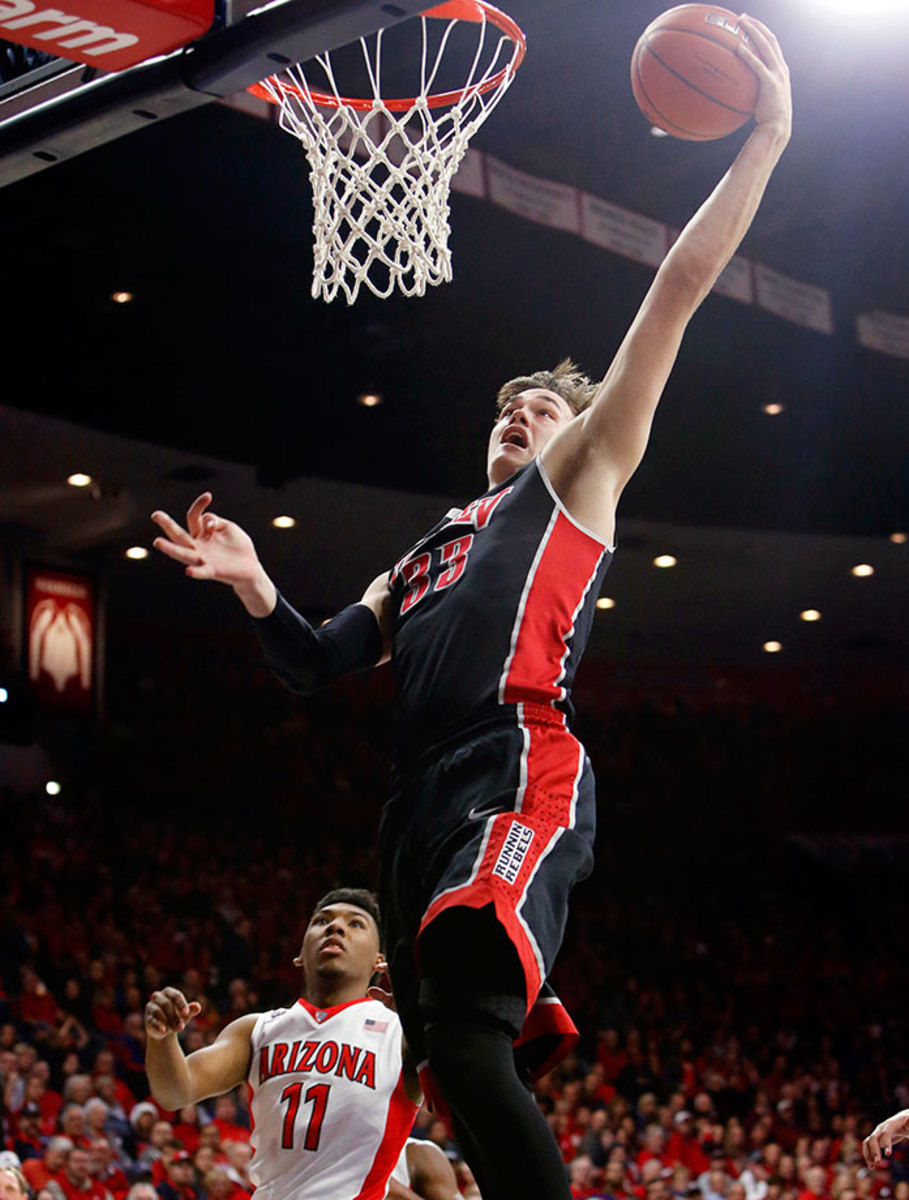
Zimmerman has great size and mobility, and a pretty nice shooting touch. He’s not a guy who really loves to bang inside and has a tendency to float away from the basket too much. He’ll need to bulk up to play center and to defend his position. He’s a dart throw, but taking a chance on a stretch big with some upside isn’t the worst thing in this range.
Isaia Cordinier
Cordinier won’t turn 20 until late November, and he possess the prototypical size for a modern-day two guard. At 6' 5" with a 6' 8" wingspan, the French product harnesses bouncy athleticism in his legs and can knock down spot-up three-pointers. His skinny frame and unrefined game outside of standalone jumpers has soured many scouts on his potential. Some across the league are skeptical he’ll ever be able to add enough to his game to play meaningful minutes in the NBA. He struggled mightily at the Nike Hoop Summit this year and has never truly played against top-level talent in France. If he falls into the right system with a coaching staff that will meticulously develop him, Cordinier could follow a similar, patient rise as Allen Crabbe recently completed.
• Highest draft pick from every Division I school | Ranking top 60 prospects
Yogi Ferrell
Considered right on the cusp of some team’s draft boards, Yogi Ferrell will almost certainly be in an NBA training camp next season. He can run a team extremely well at the point guard position. He’s a pit bull on-ball defender. Ferrell has shown a solid shooting stroke as well—he was the only point guard in the NCAA this year to average 17 points and 5.5 assists per game while shooting more than 40% from three-point land. At 6' 0", there are warranted defensive concerns about Ferrell around the league. As the playoffs just proved, it’s easy to target smaller perimeter defenders in pick-and-rolls. He’s also already 23 after graduating from Indiana, but Ferrell has been a proven winner and has outperformed many of the higher-ranked point guards on the workout circuit. He’ll either be drafted or his agent’s phone will be buzzing afterward from teams trying to sign him to a small, guaranteed contract to get him on their summer league roster and into camp. Don’t be surprised if he ends up a team’s third point guard on opening night a la T.J. McConnell and Matthew Dellavedova.
